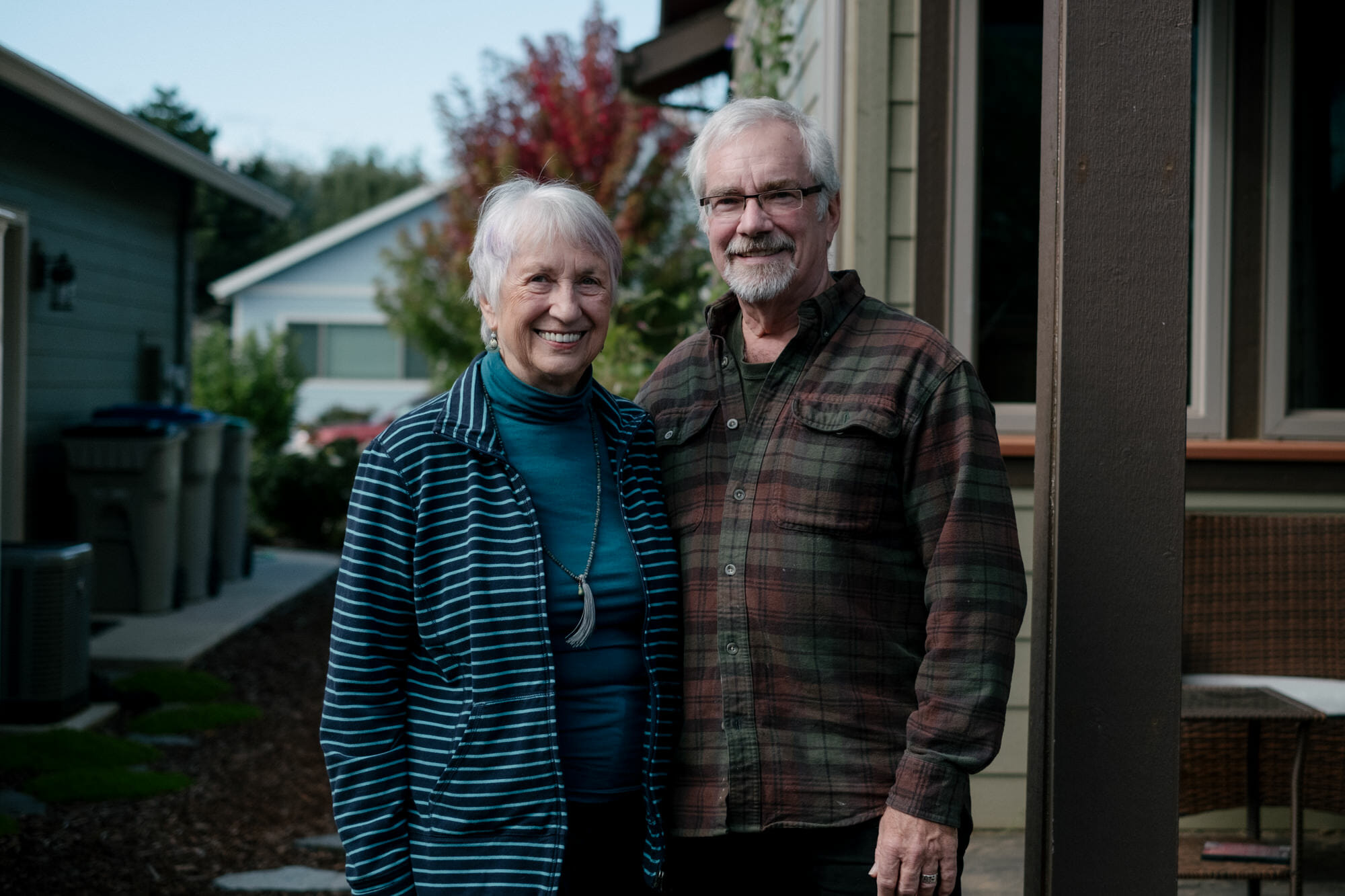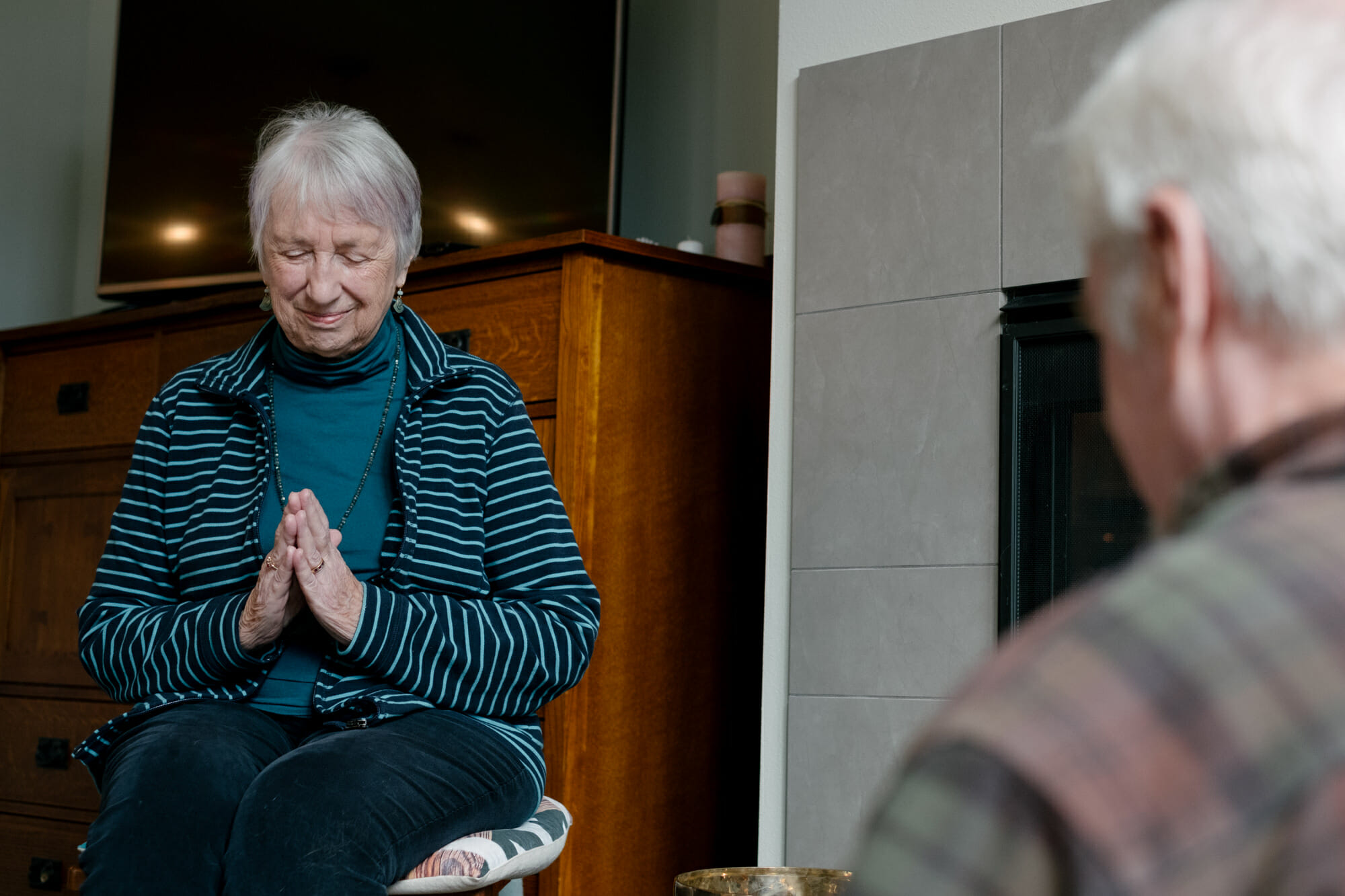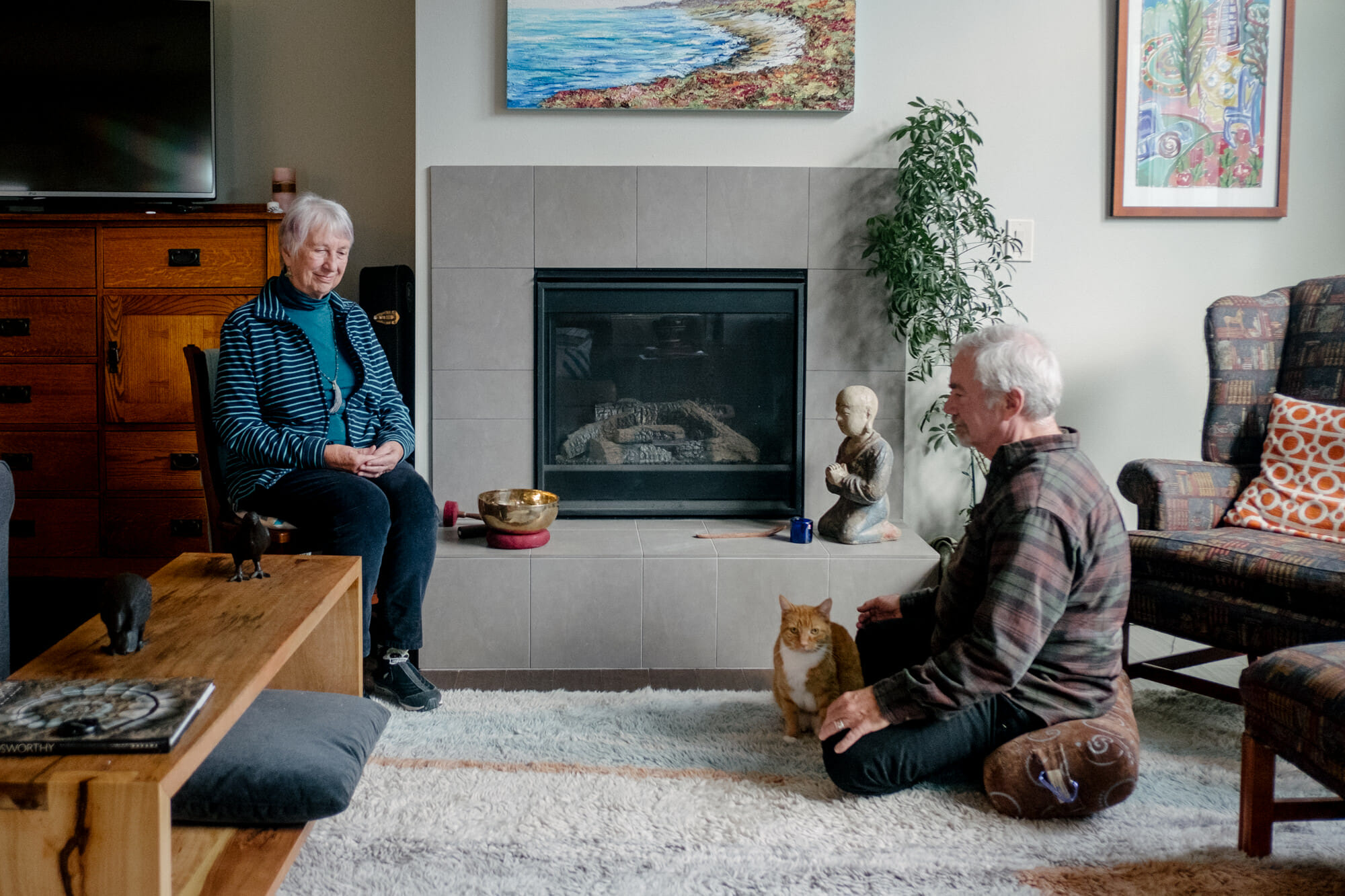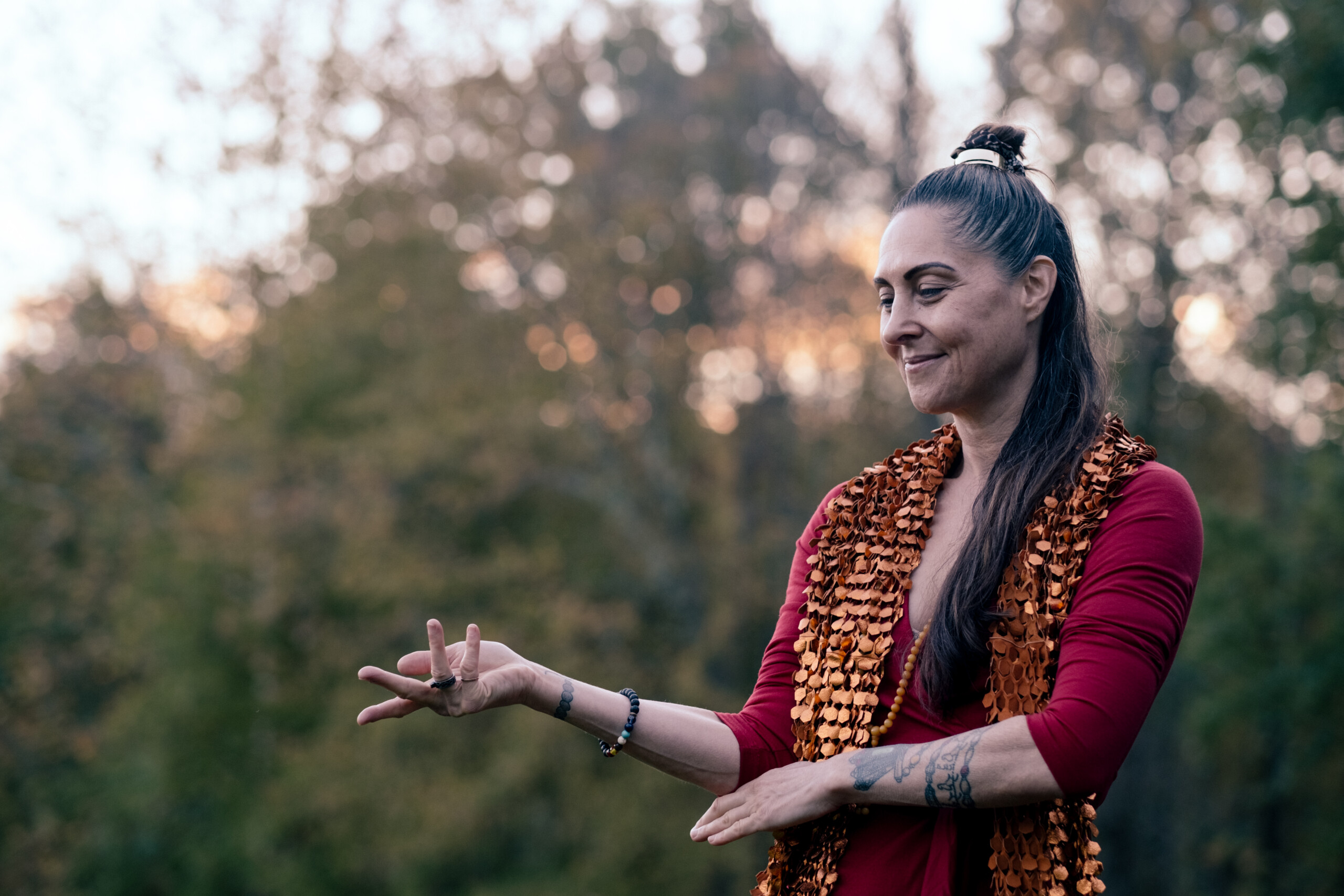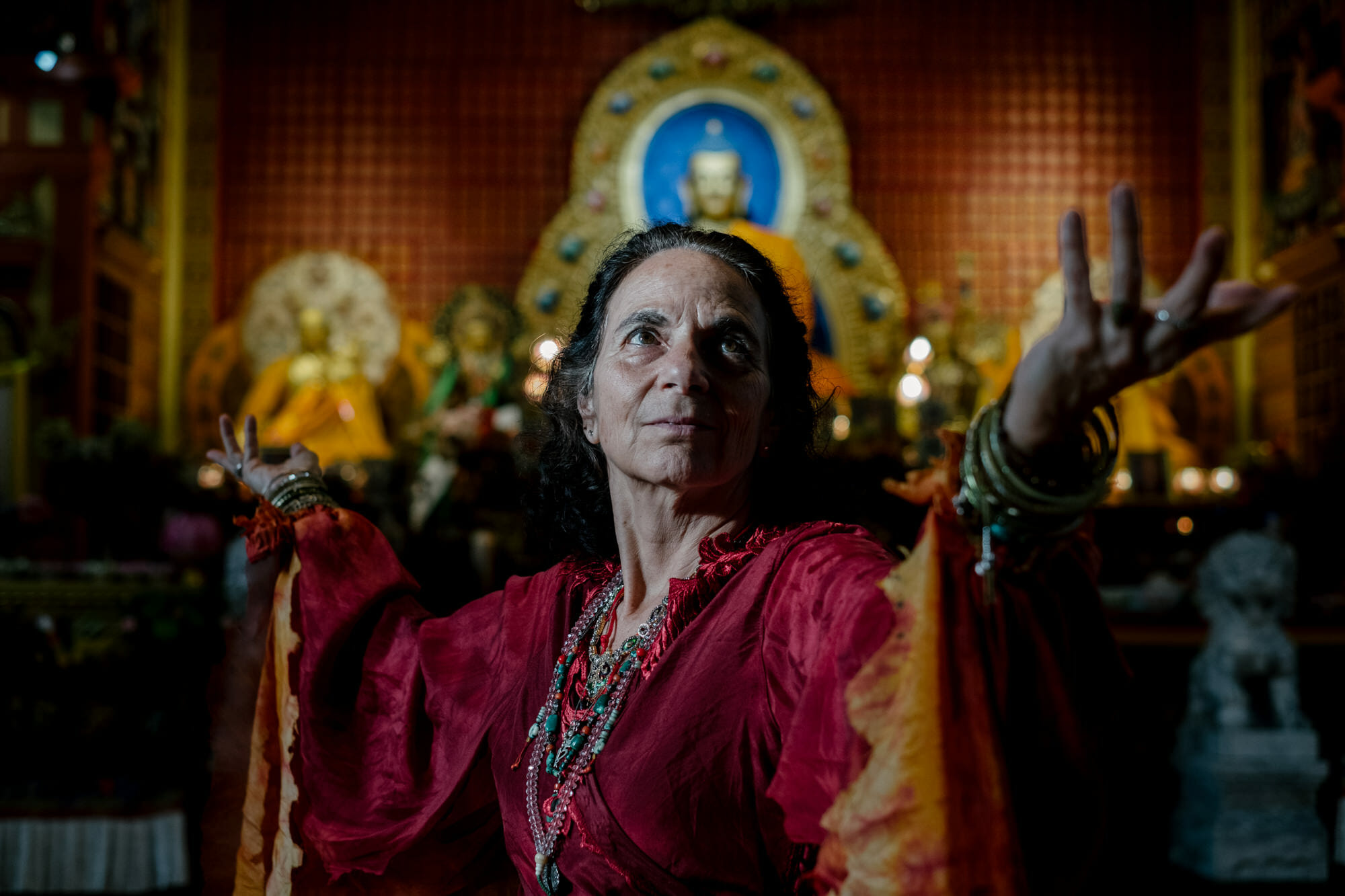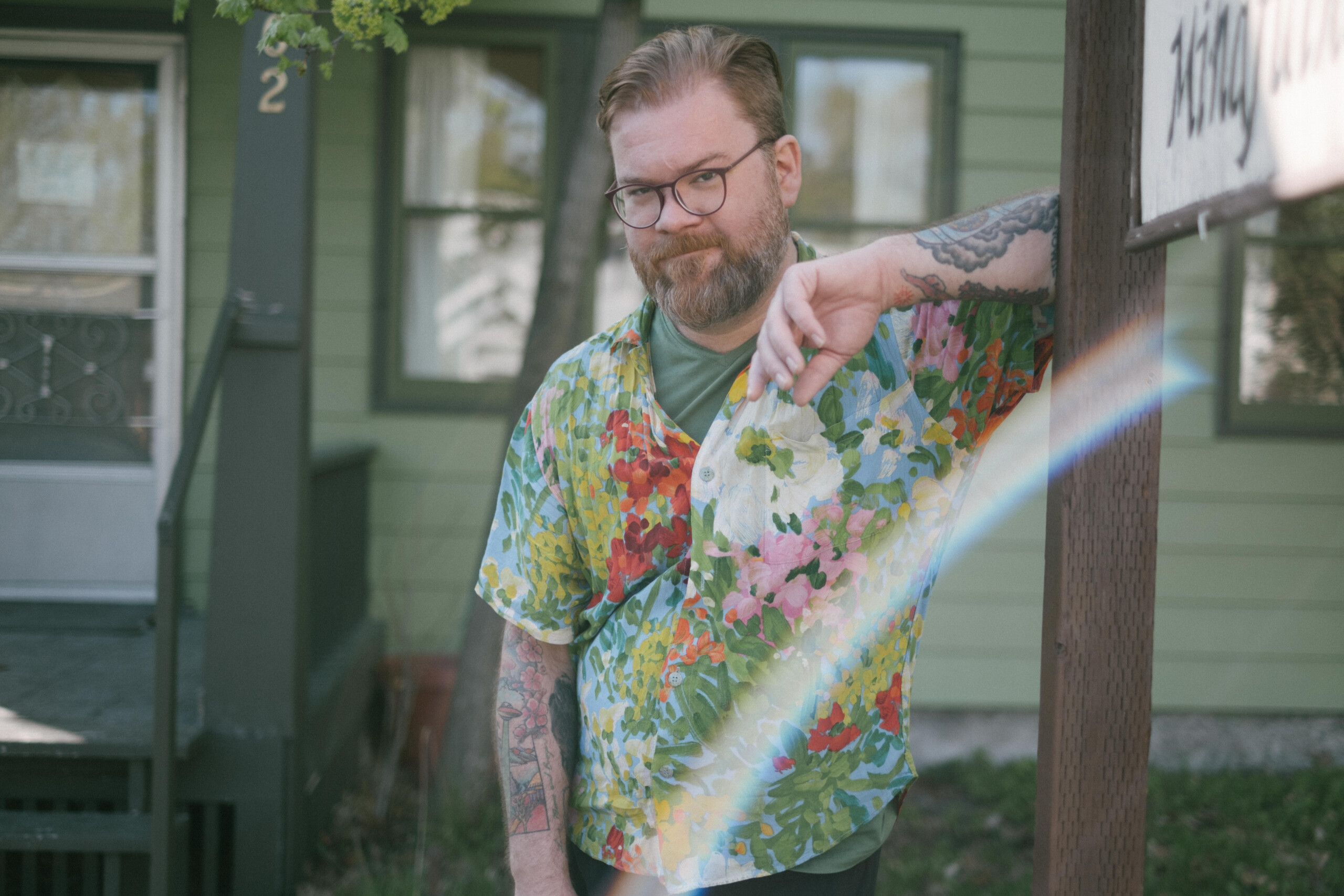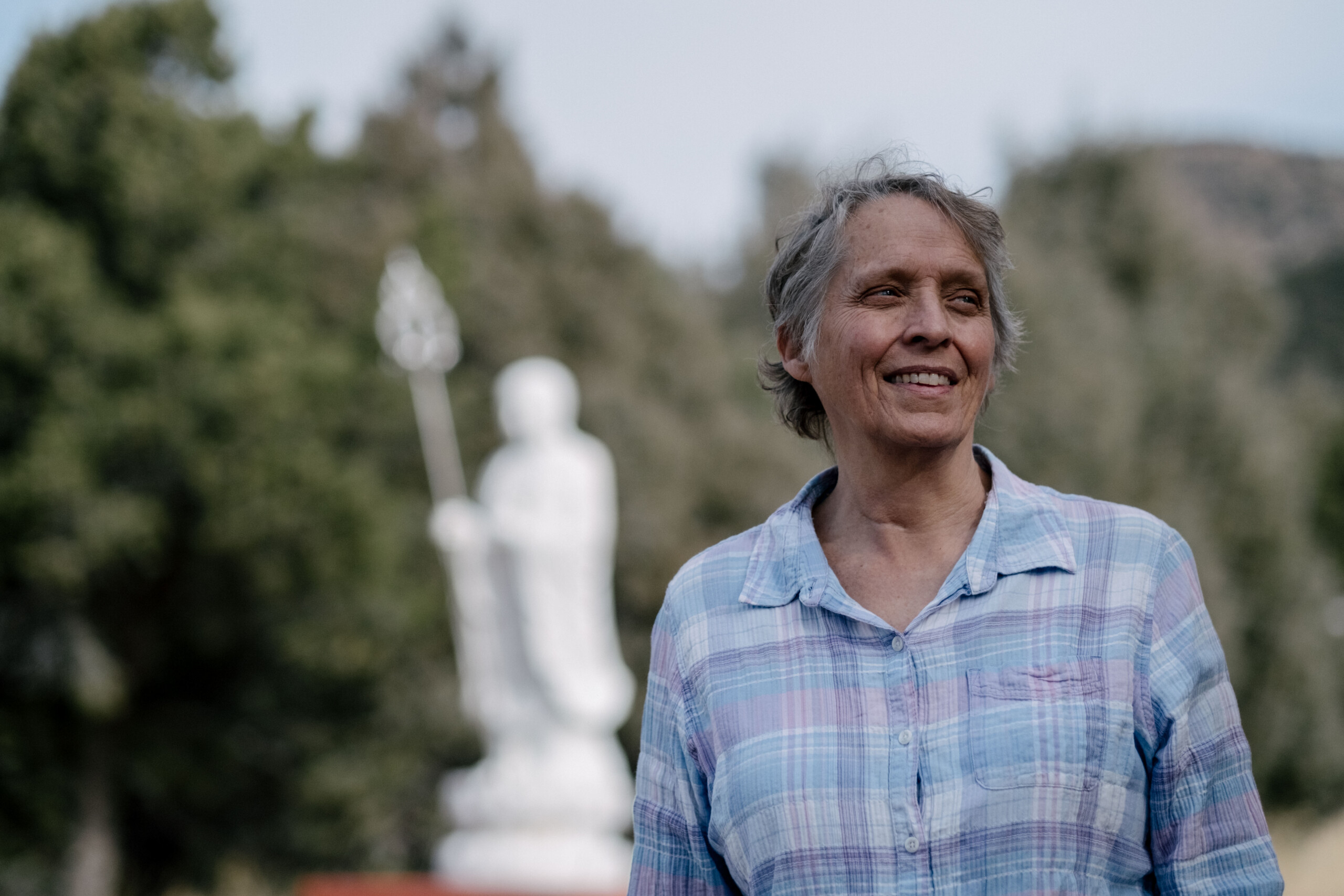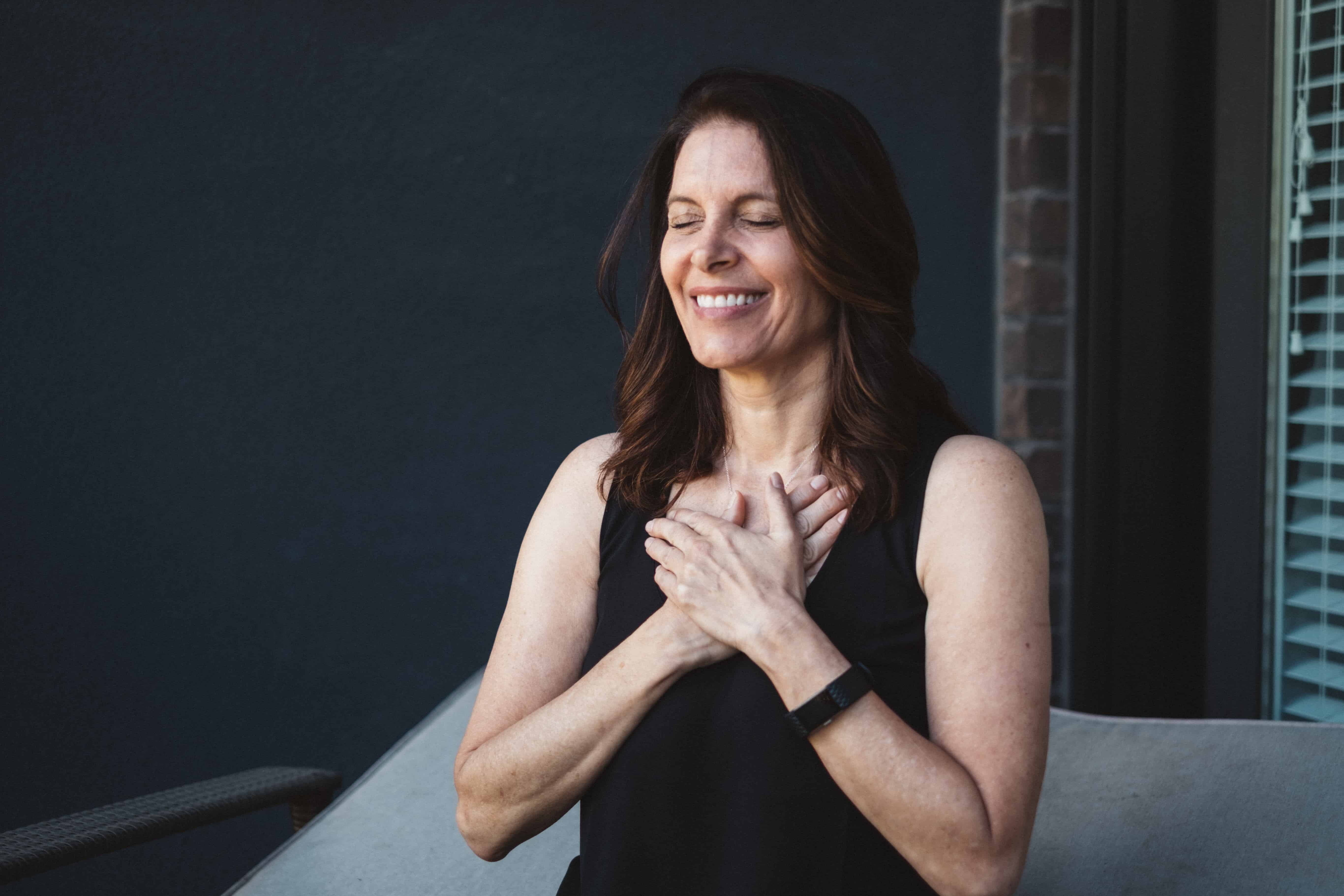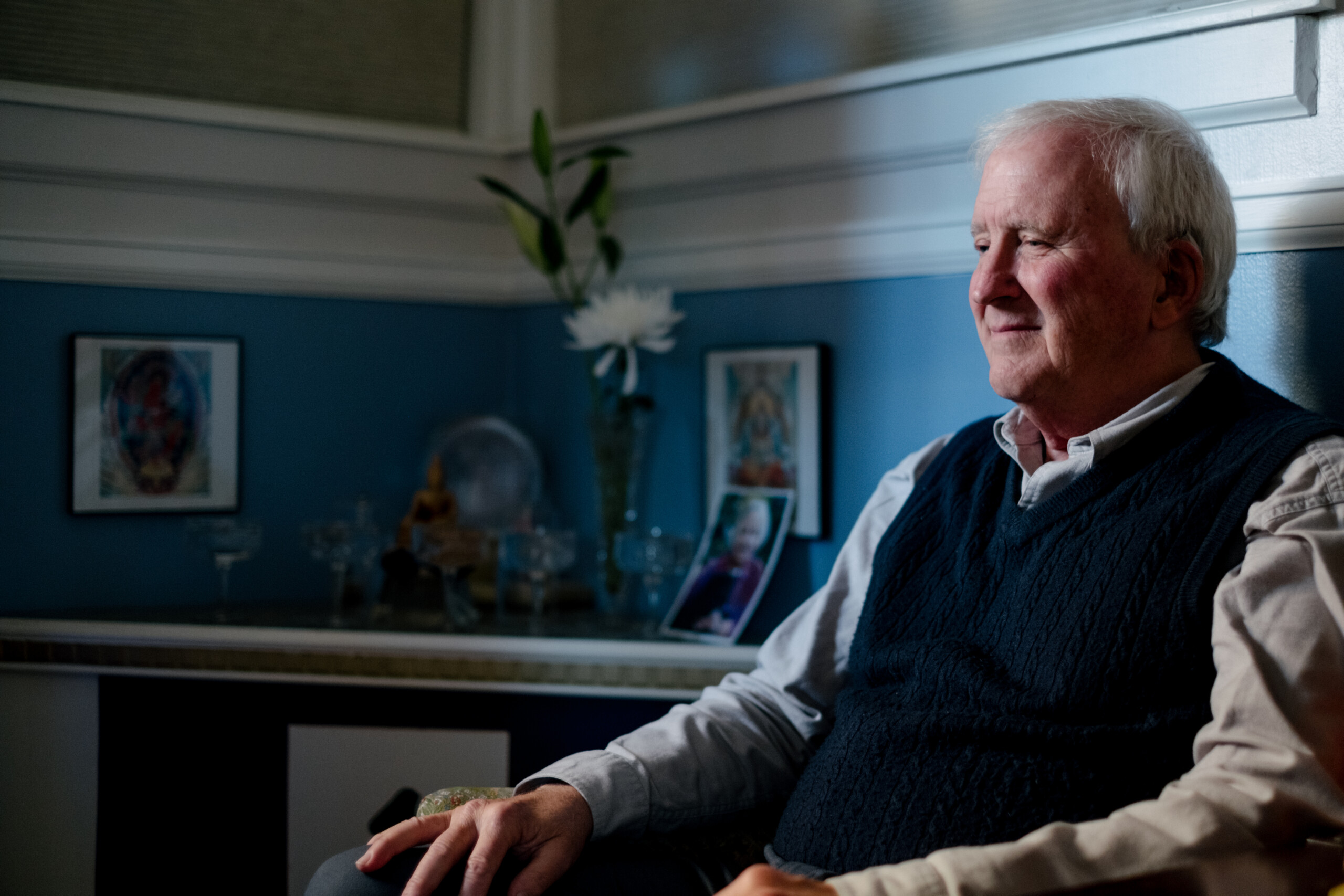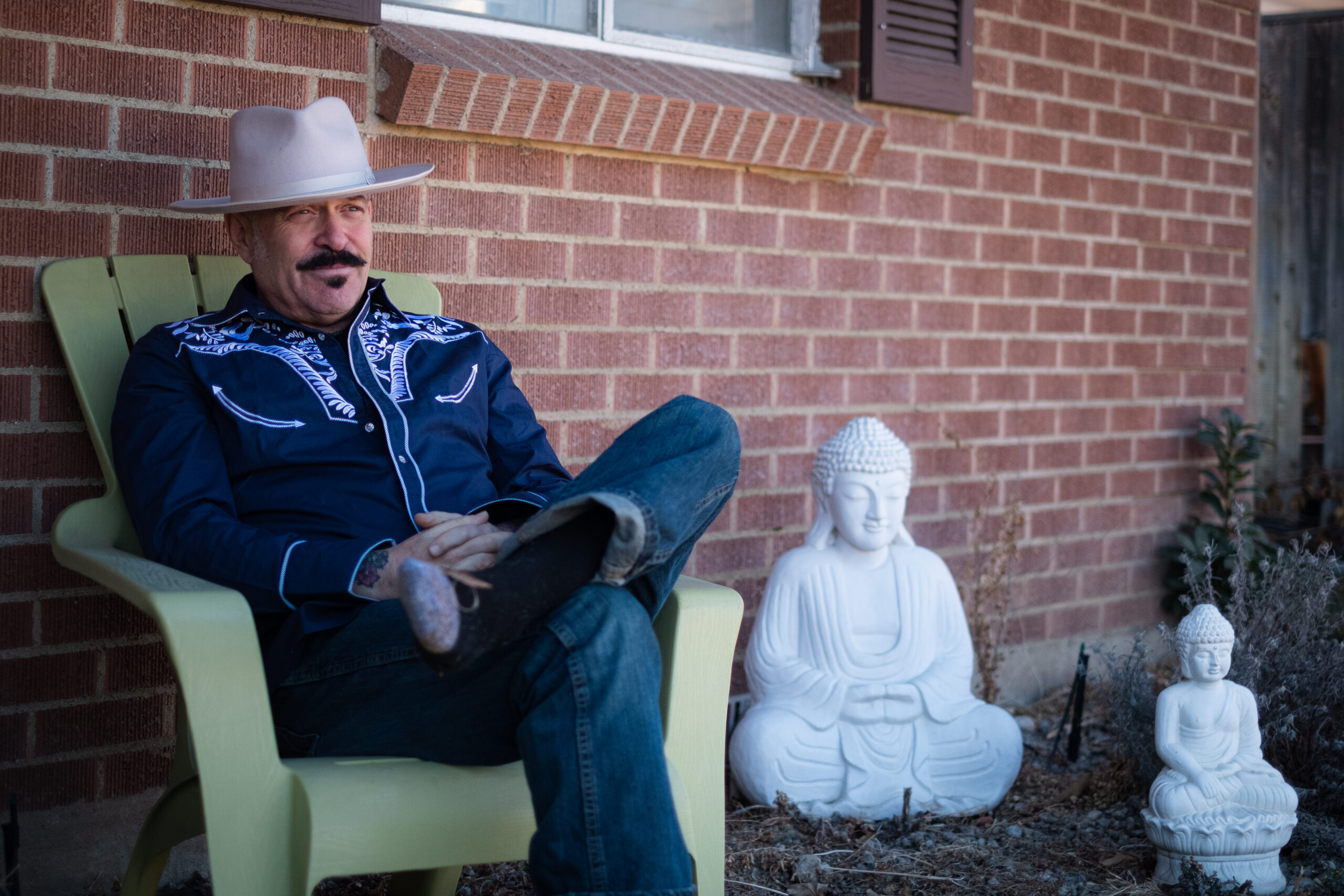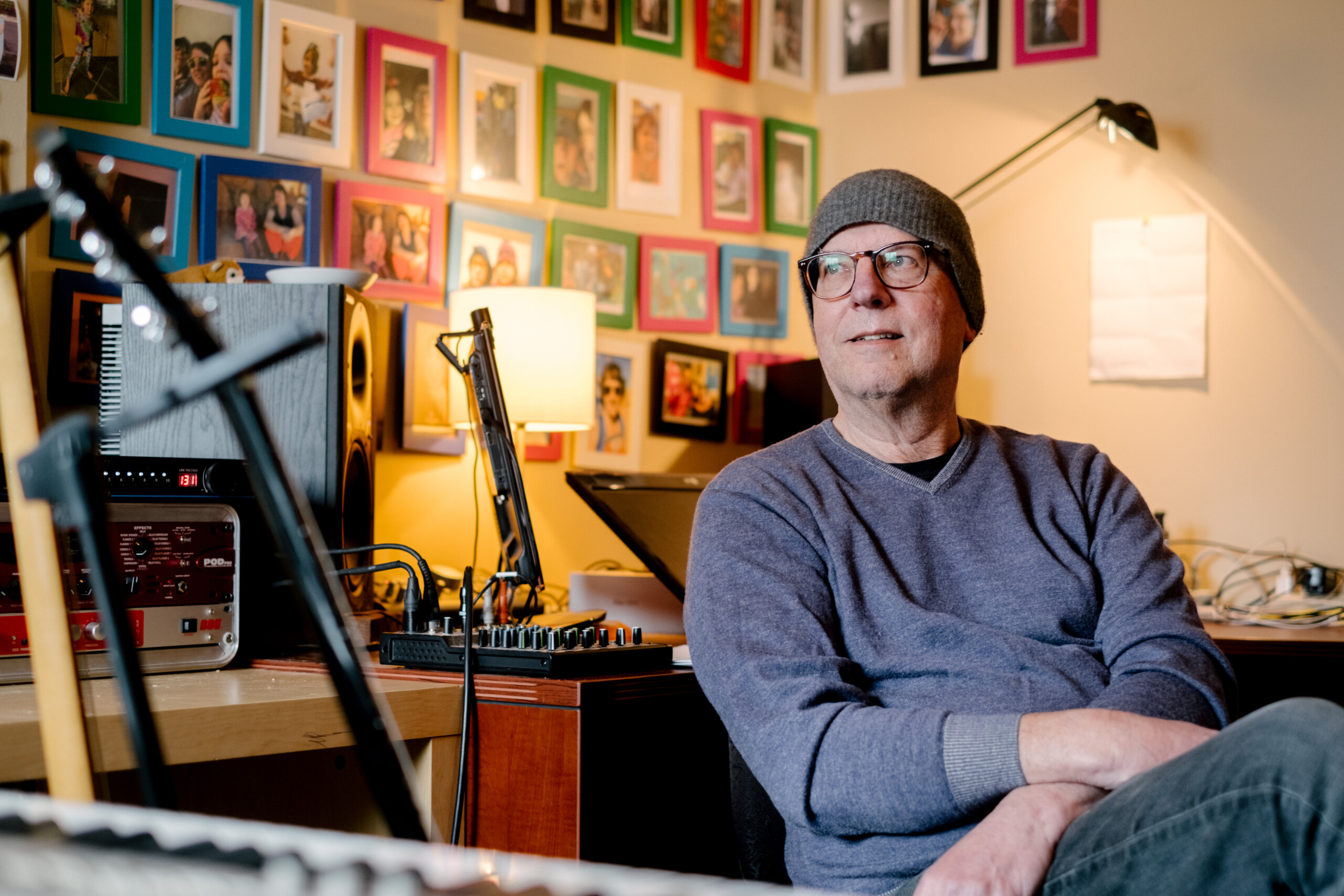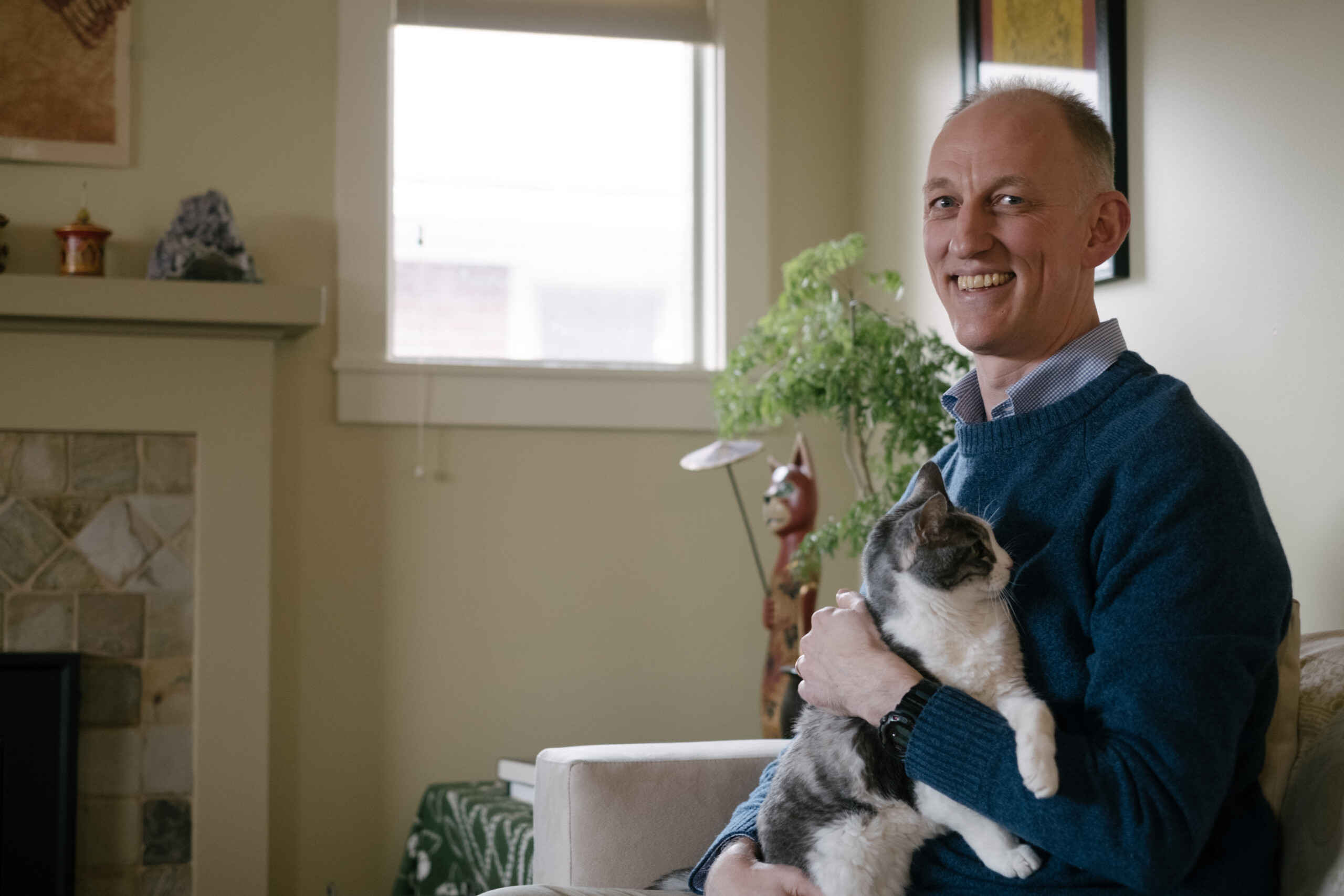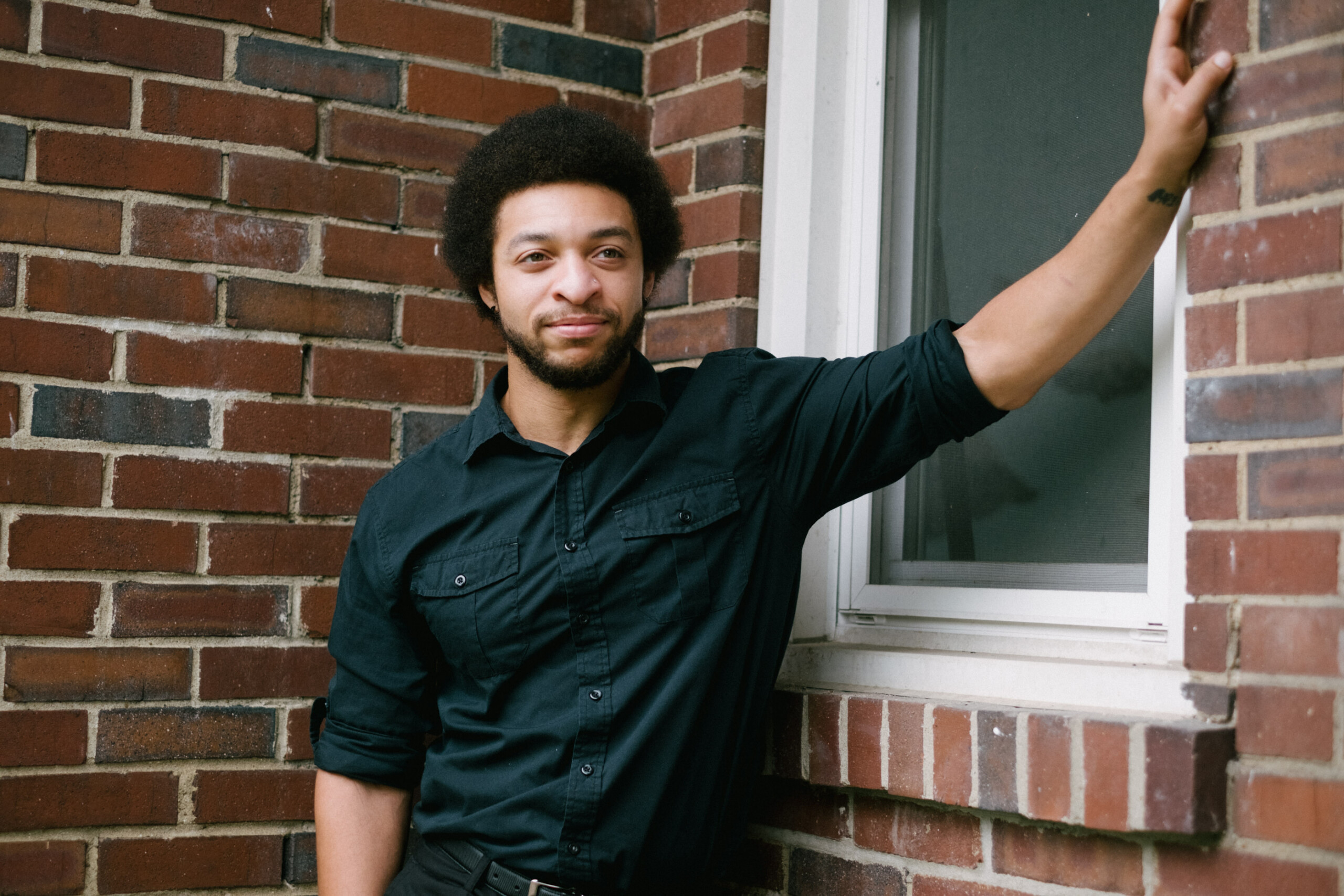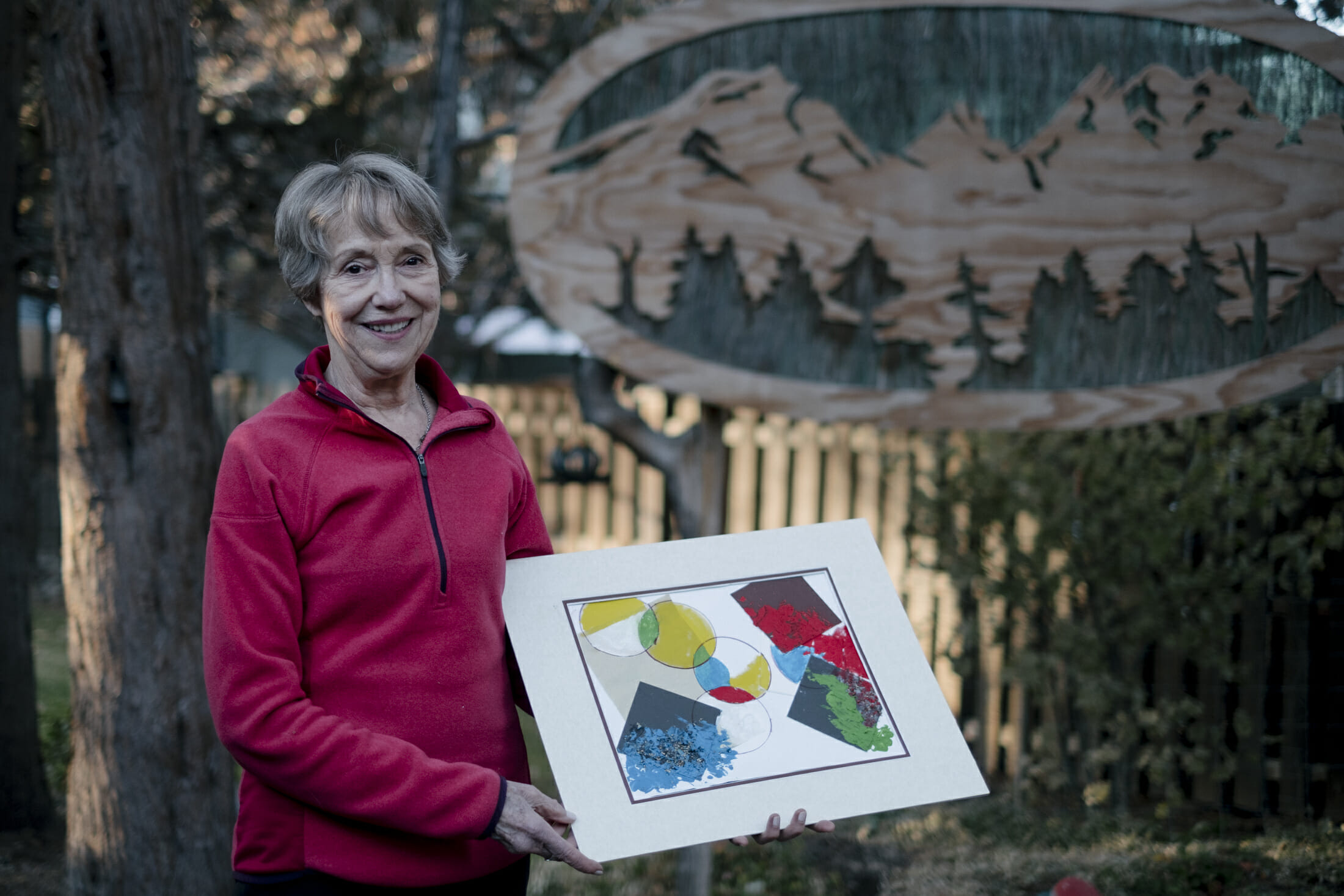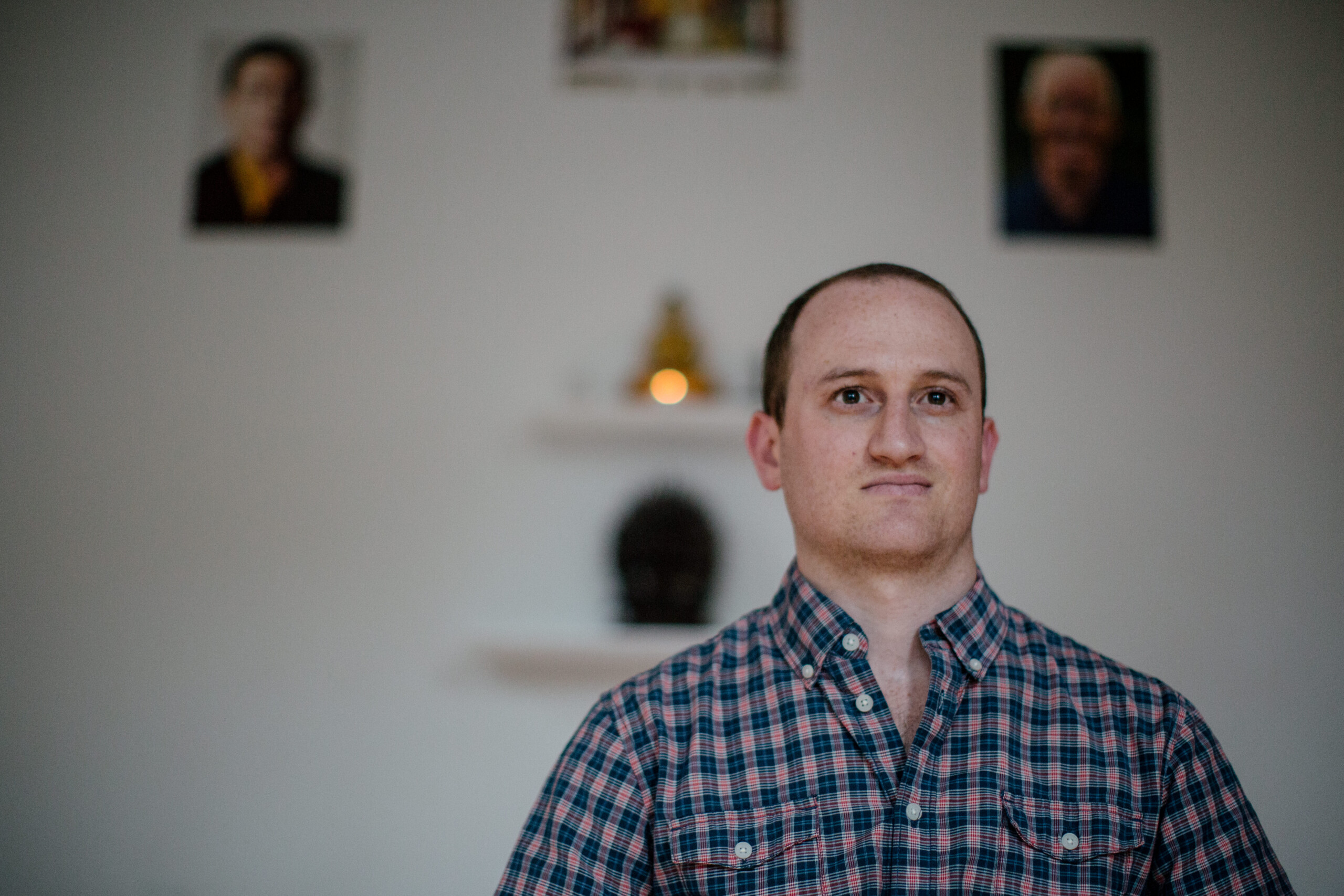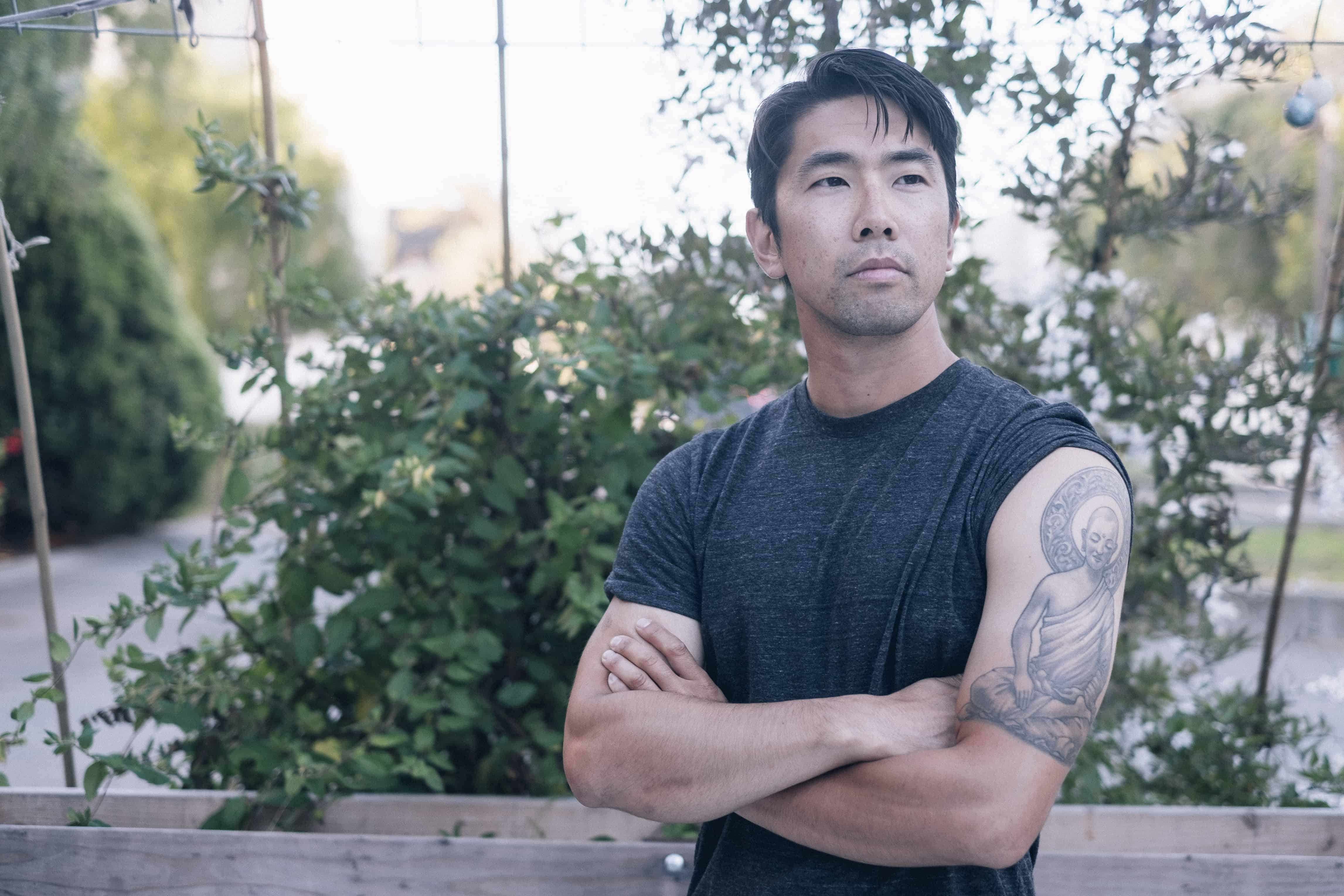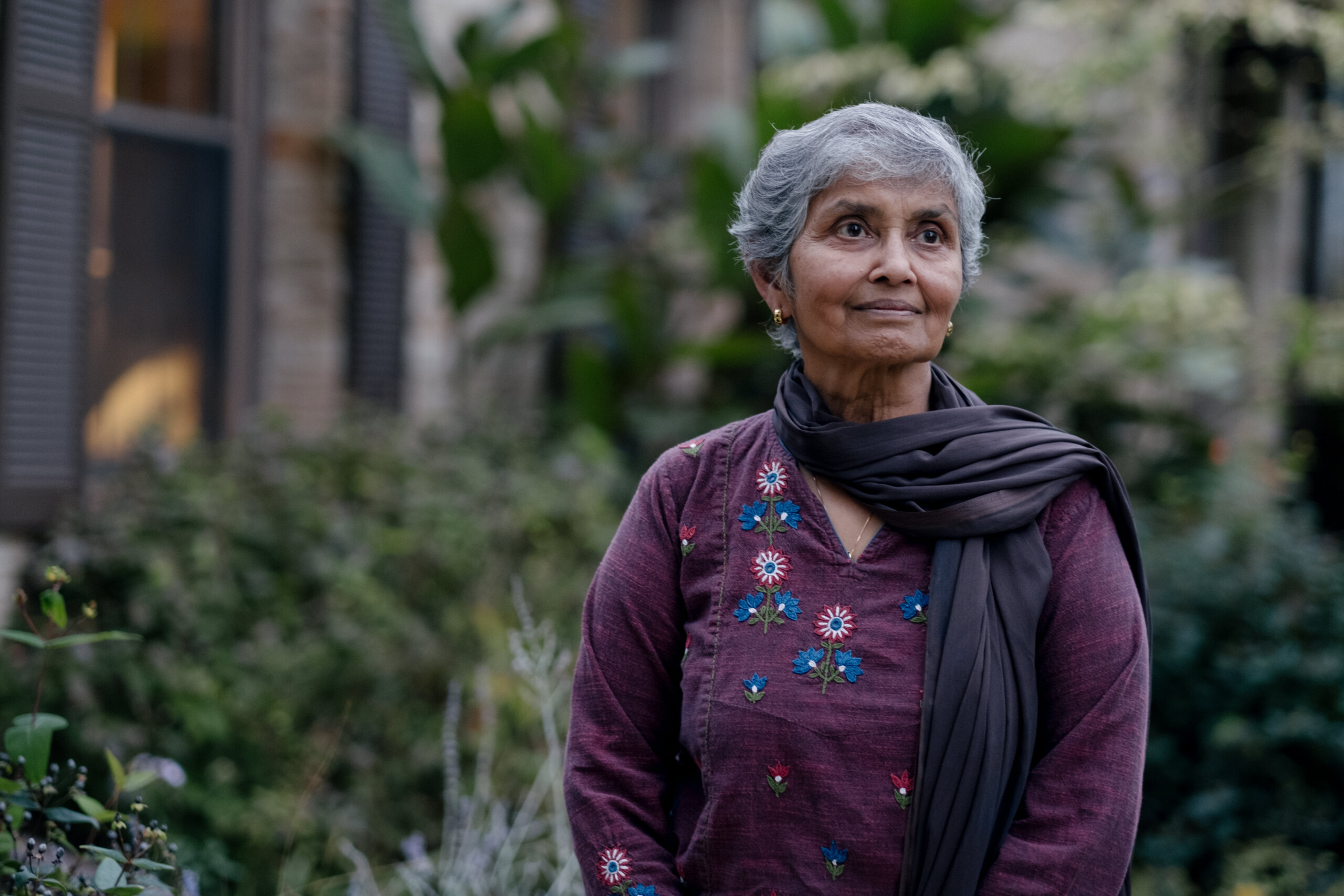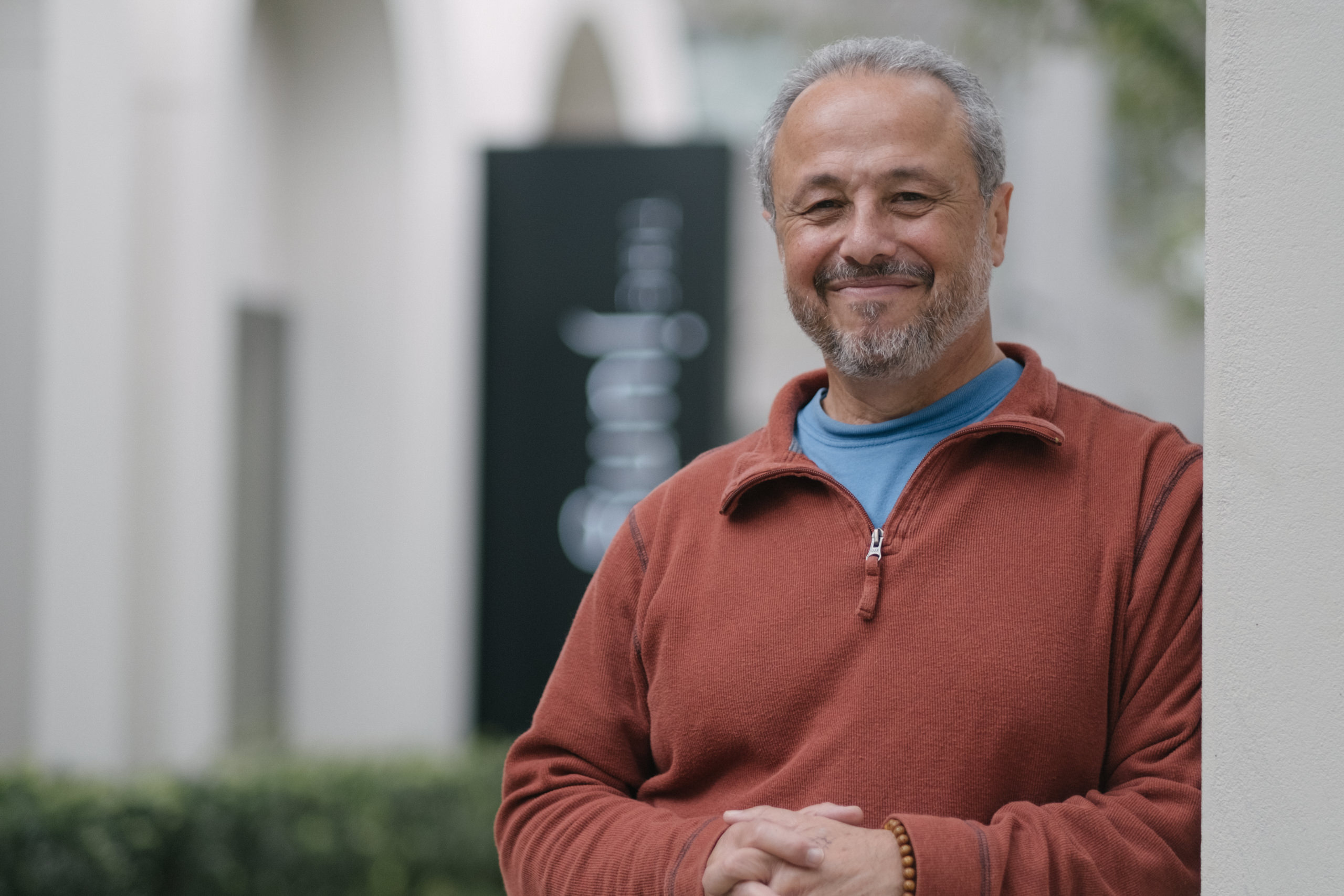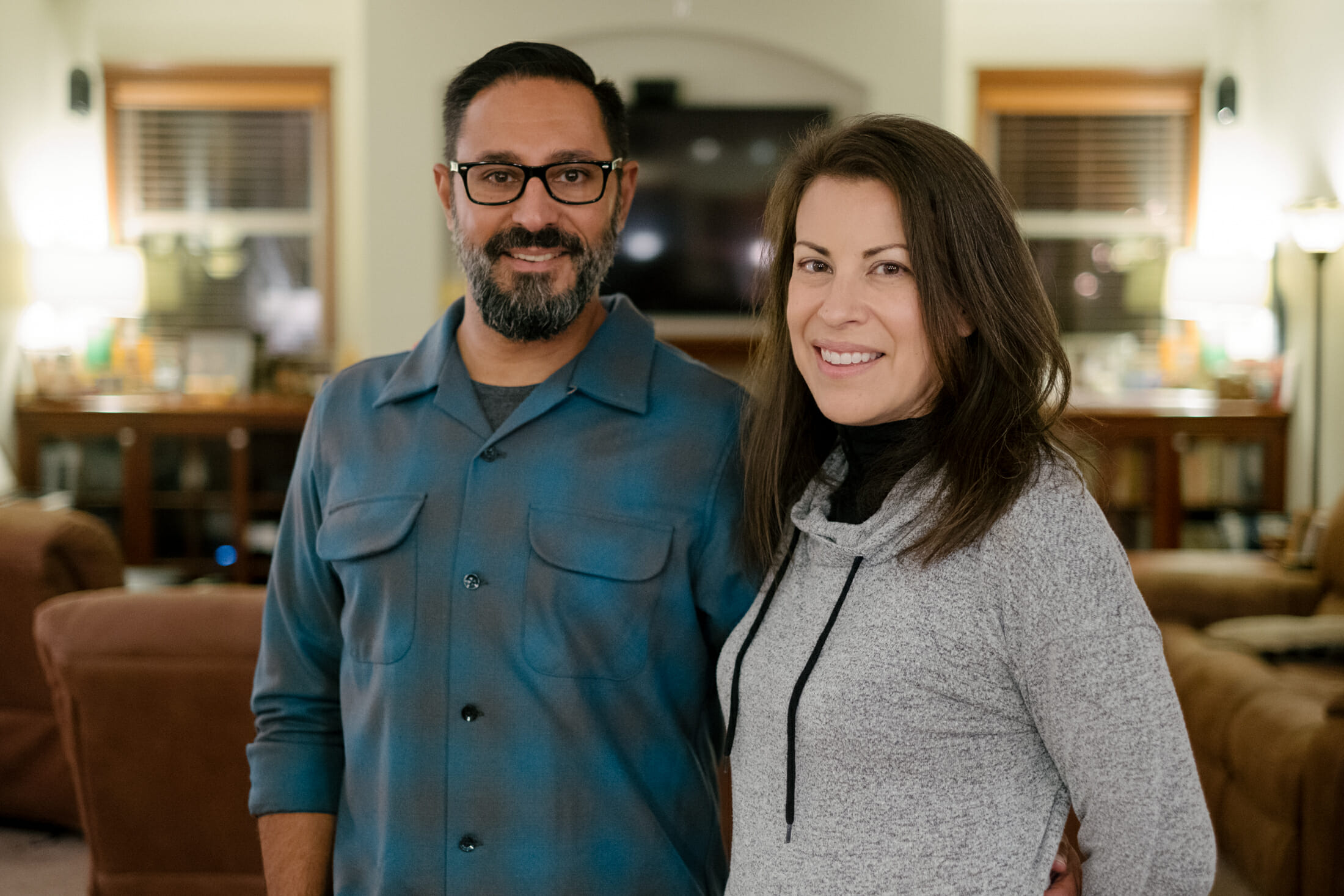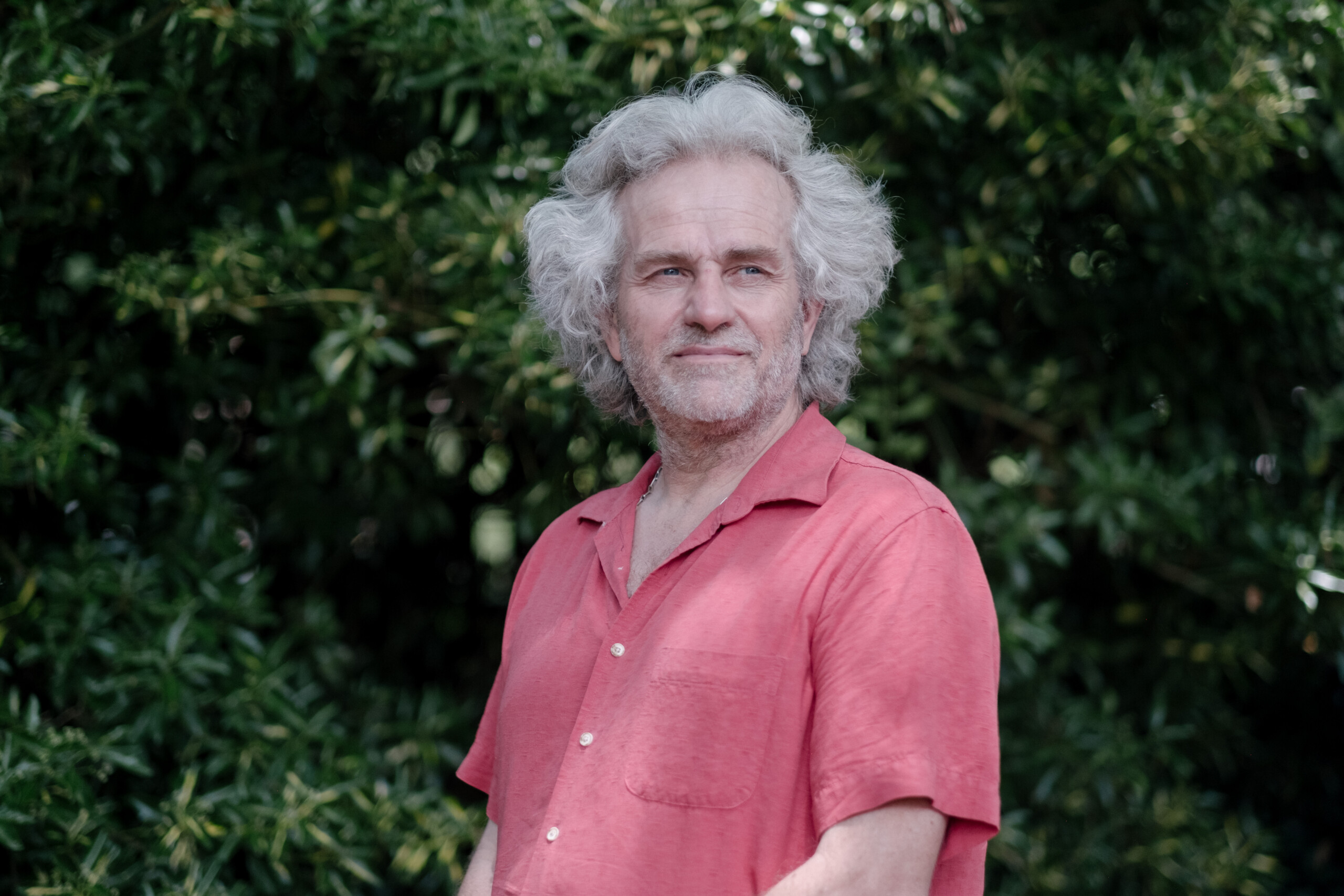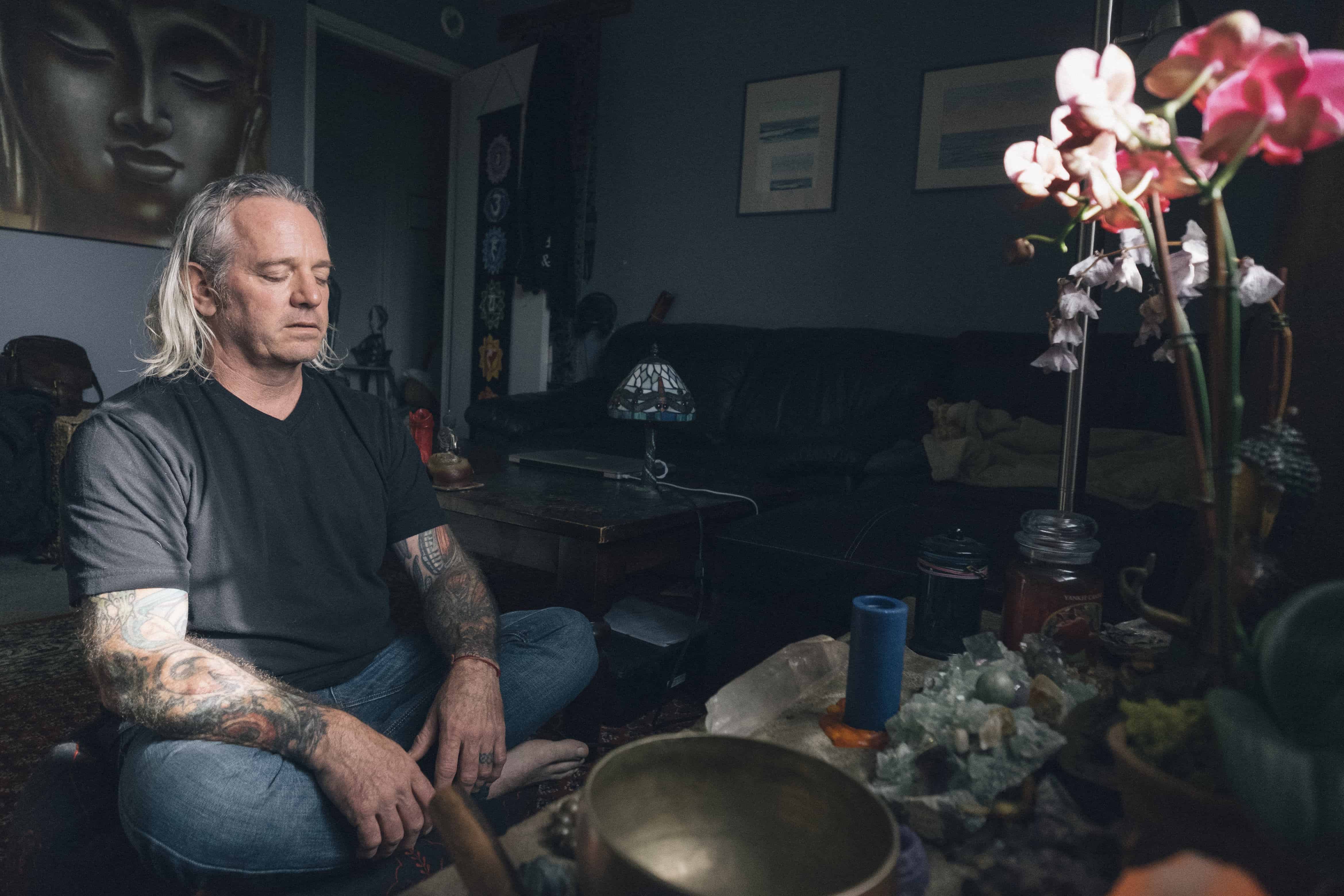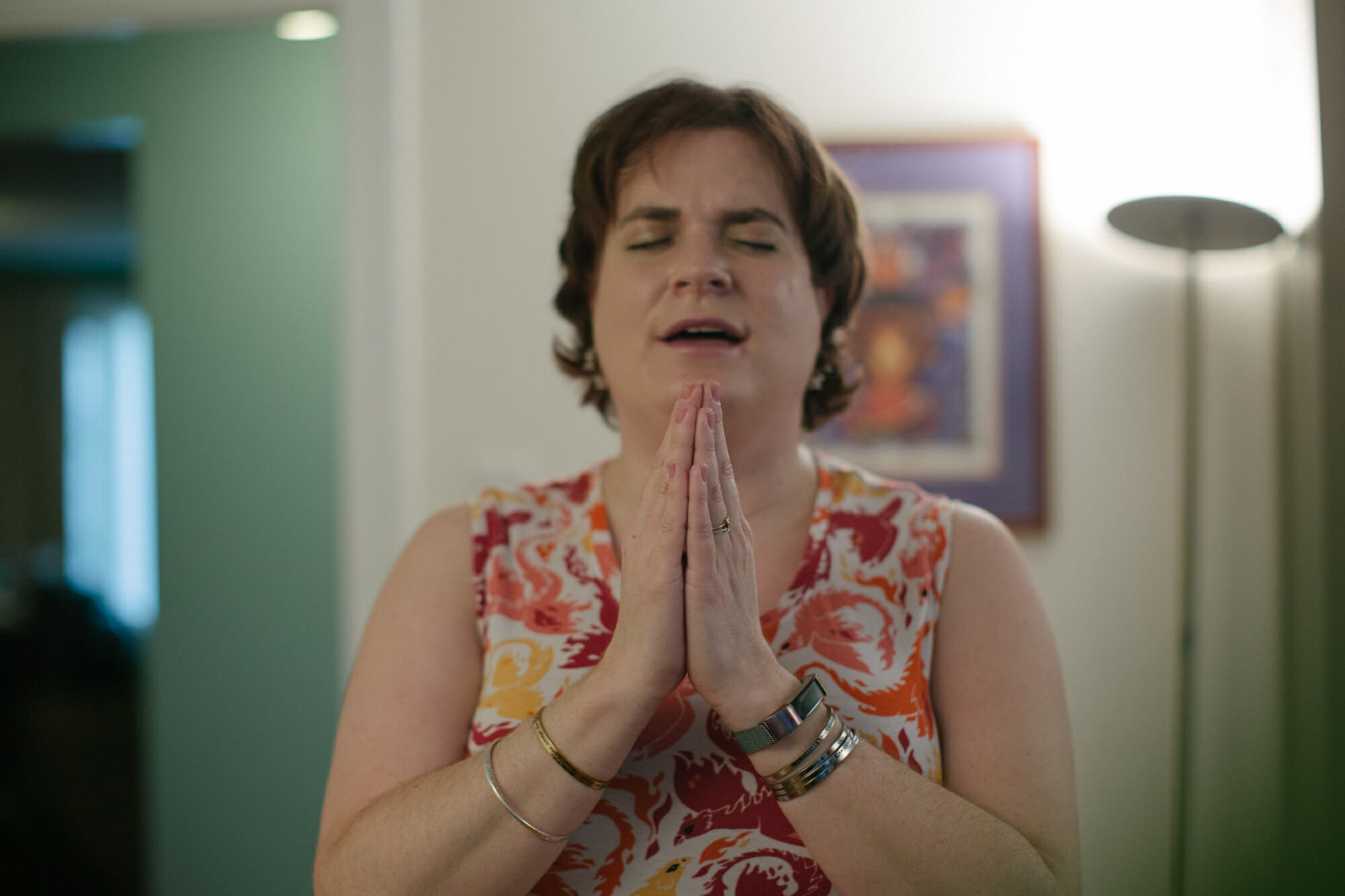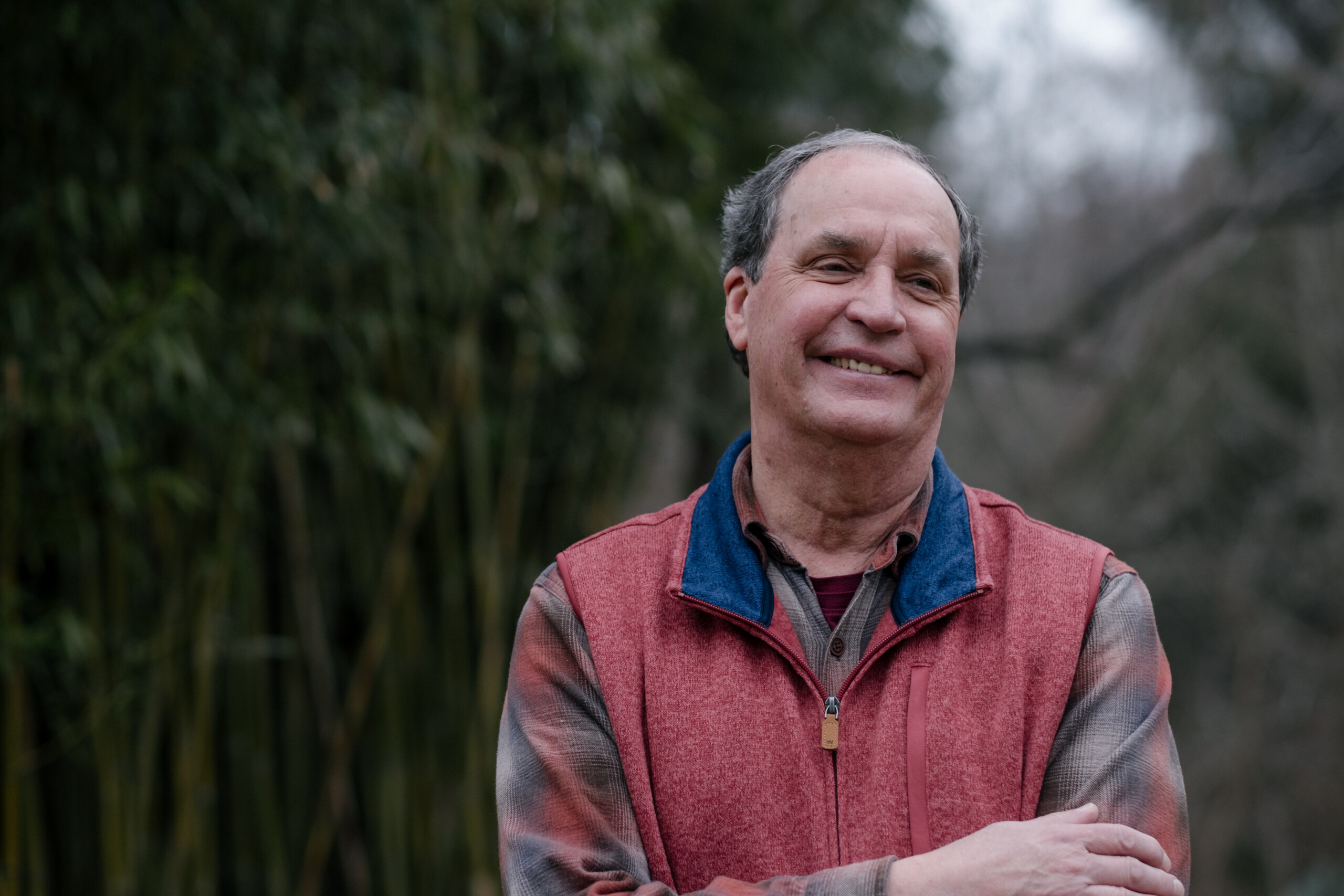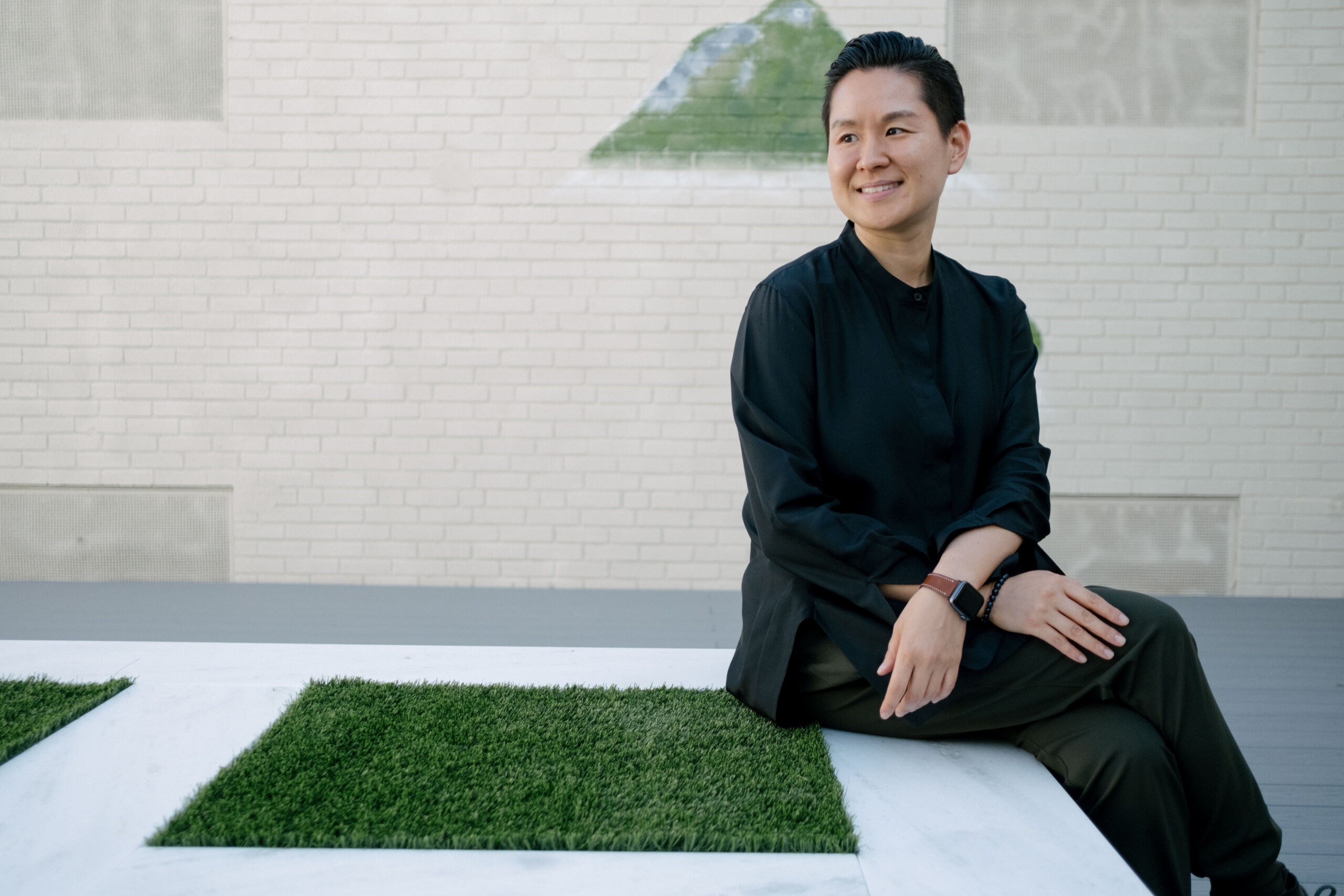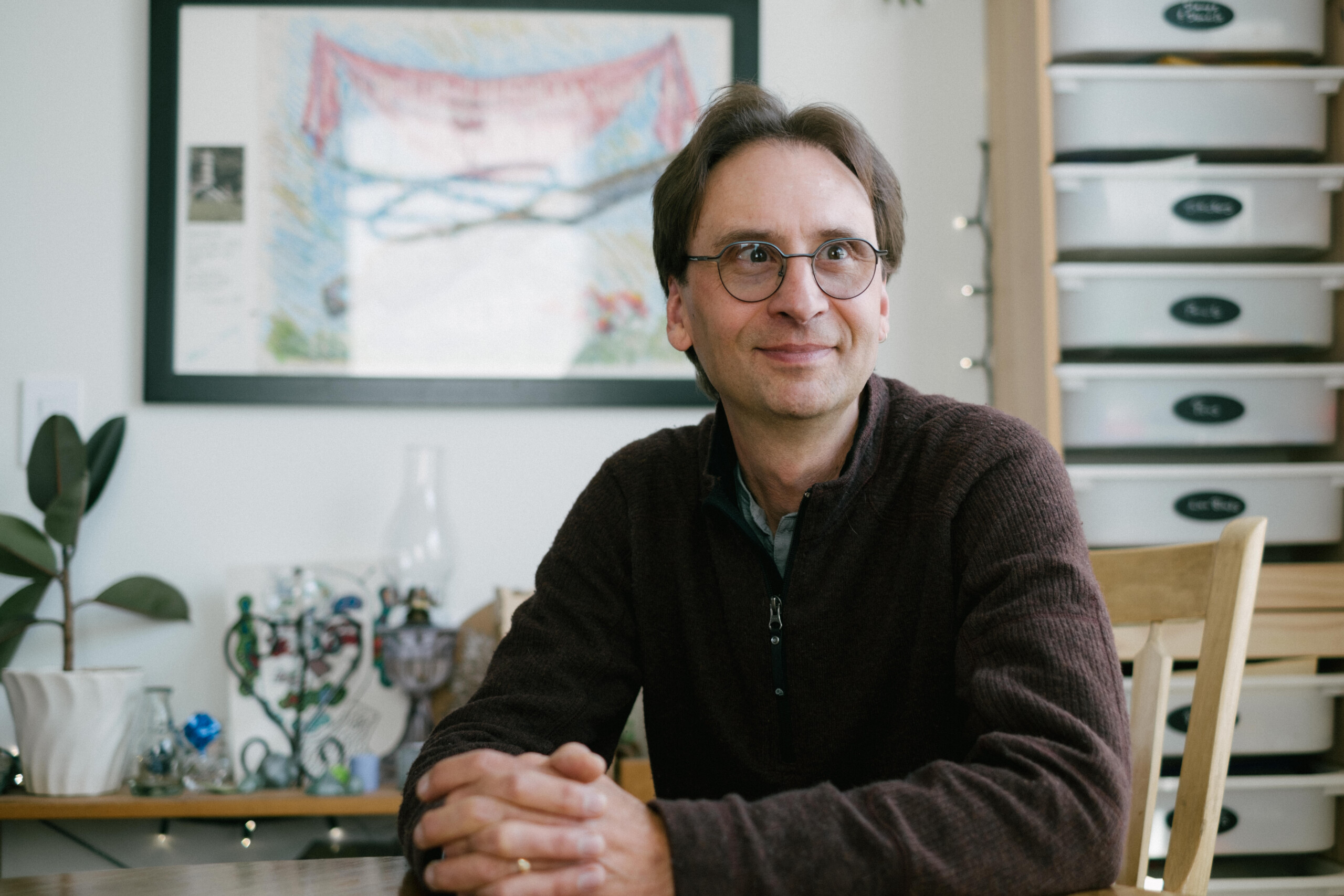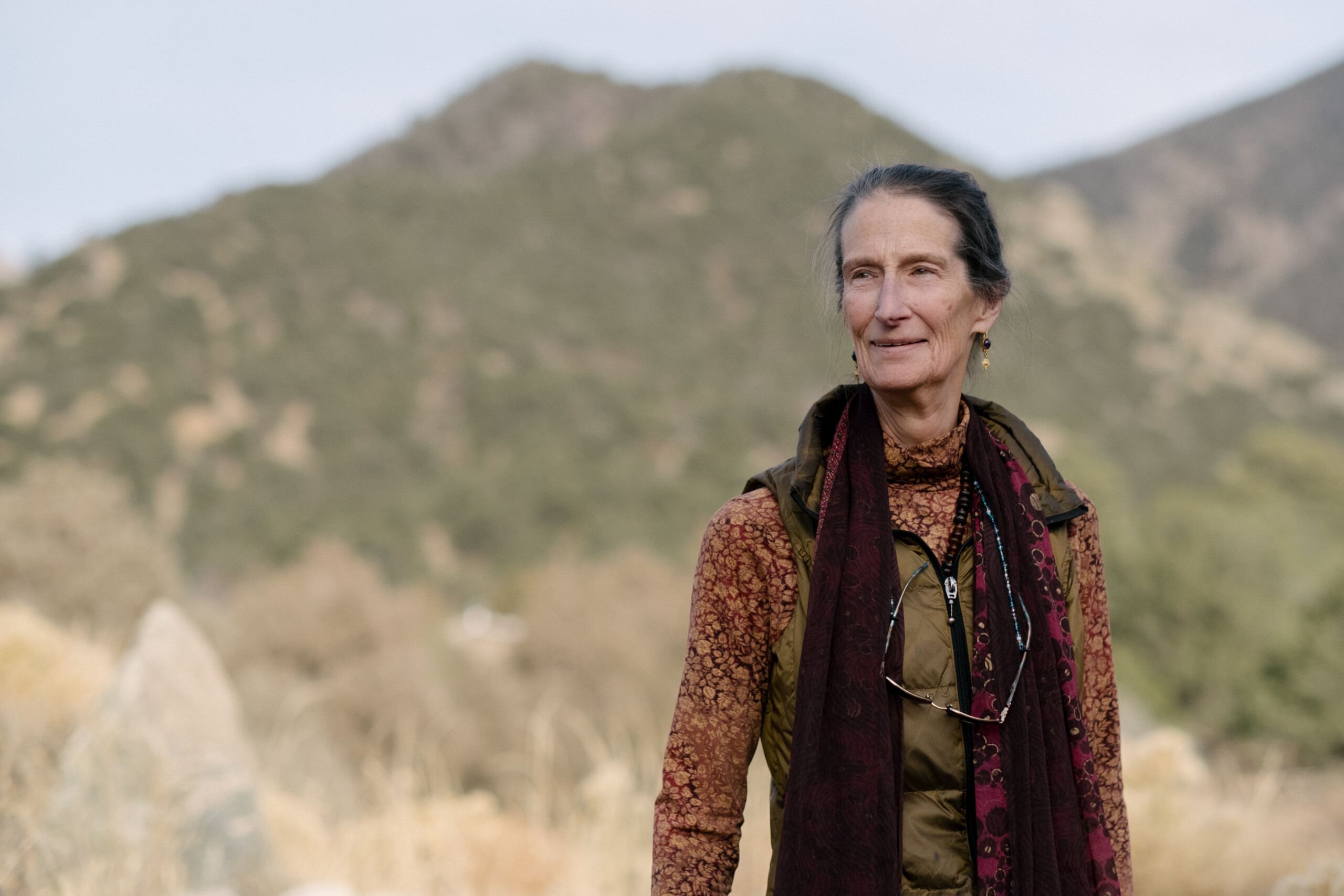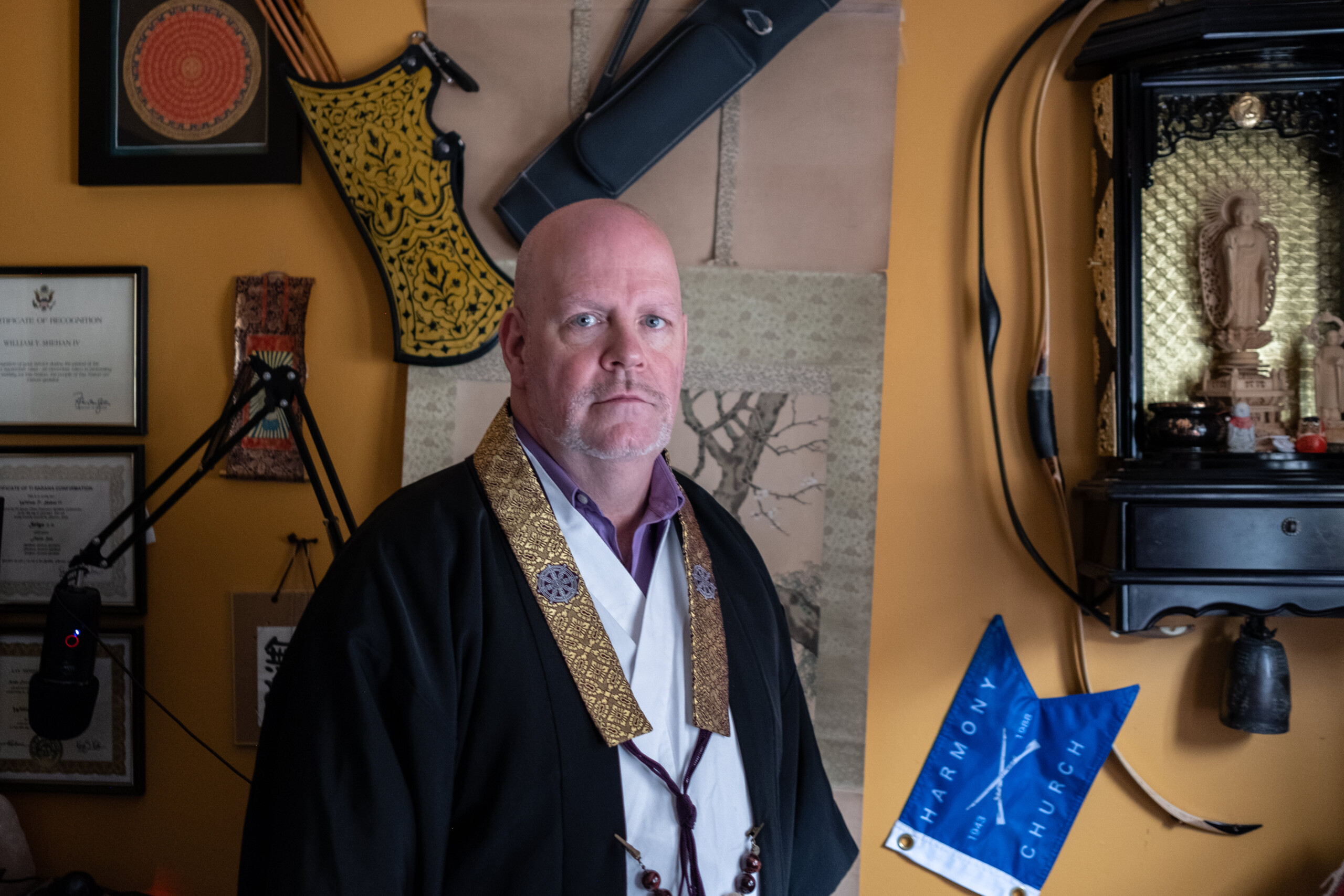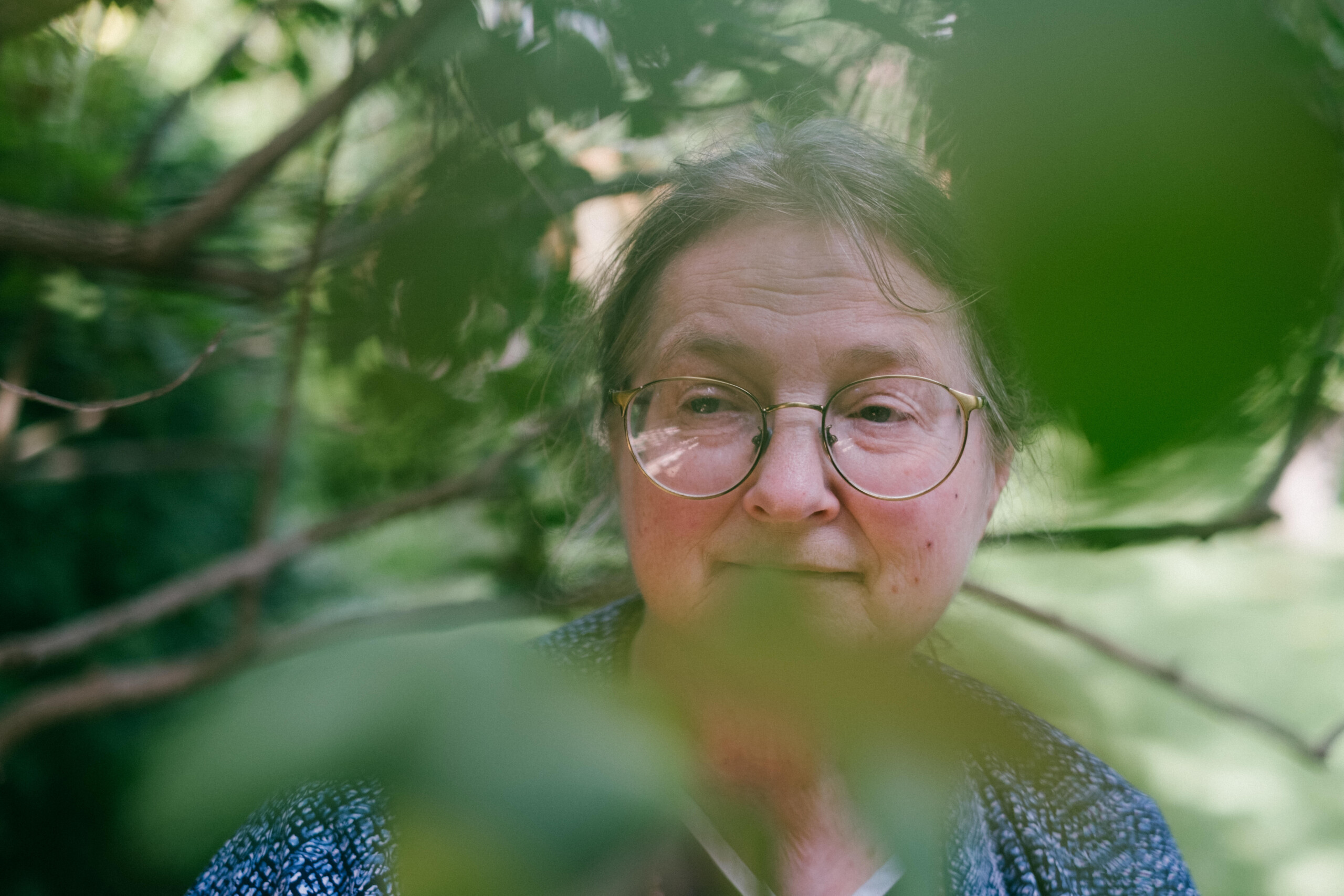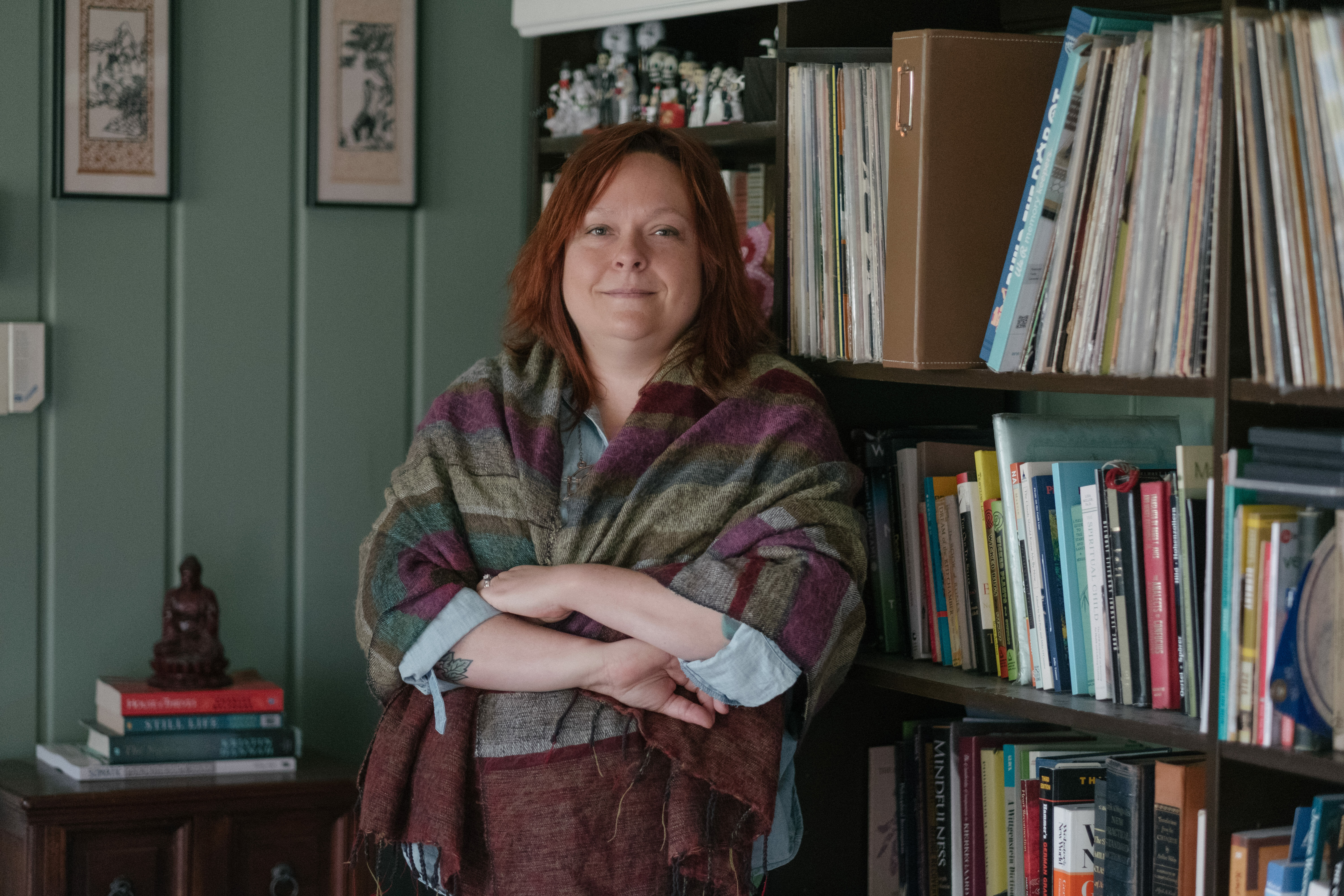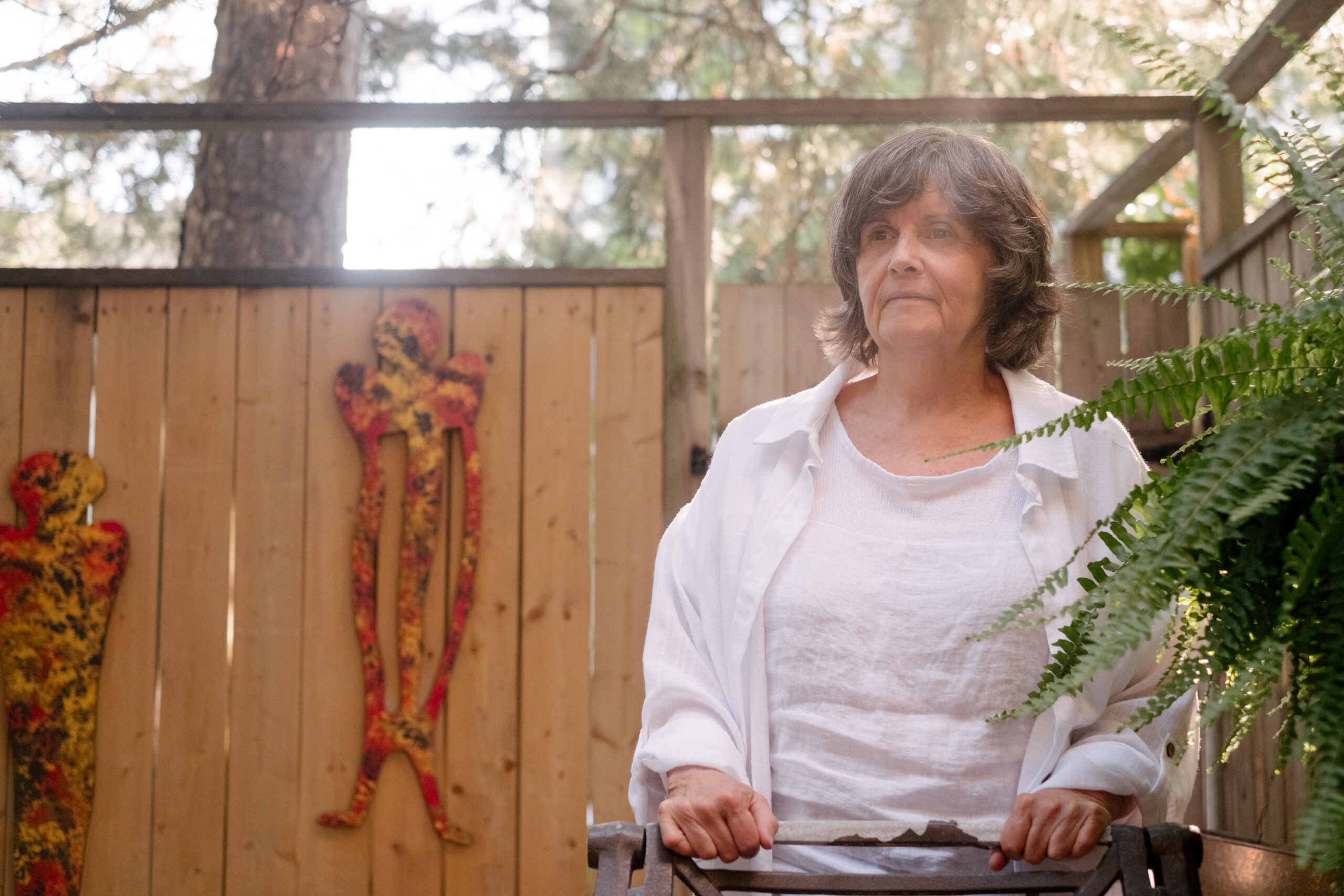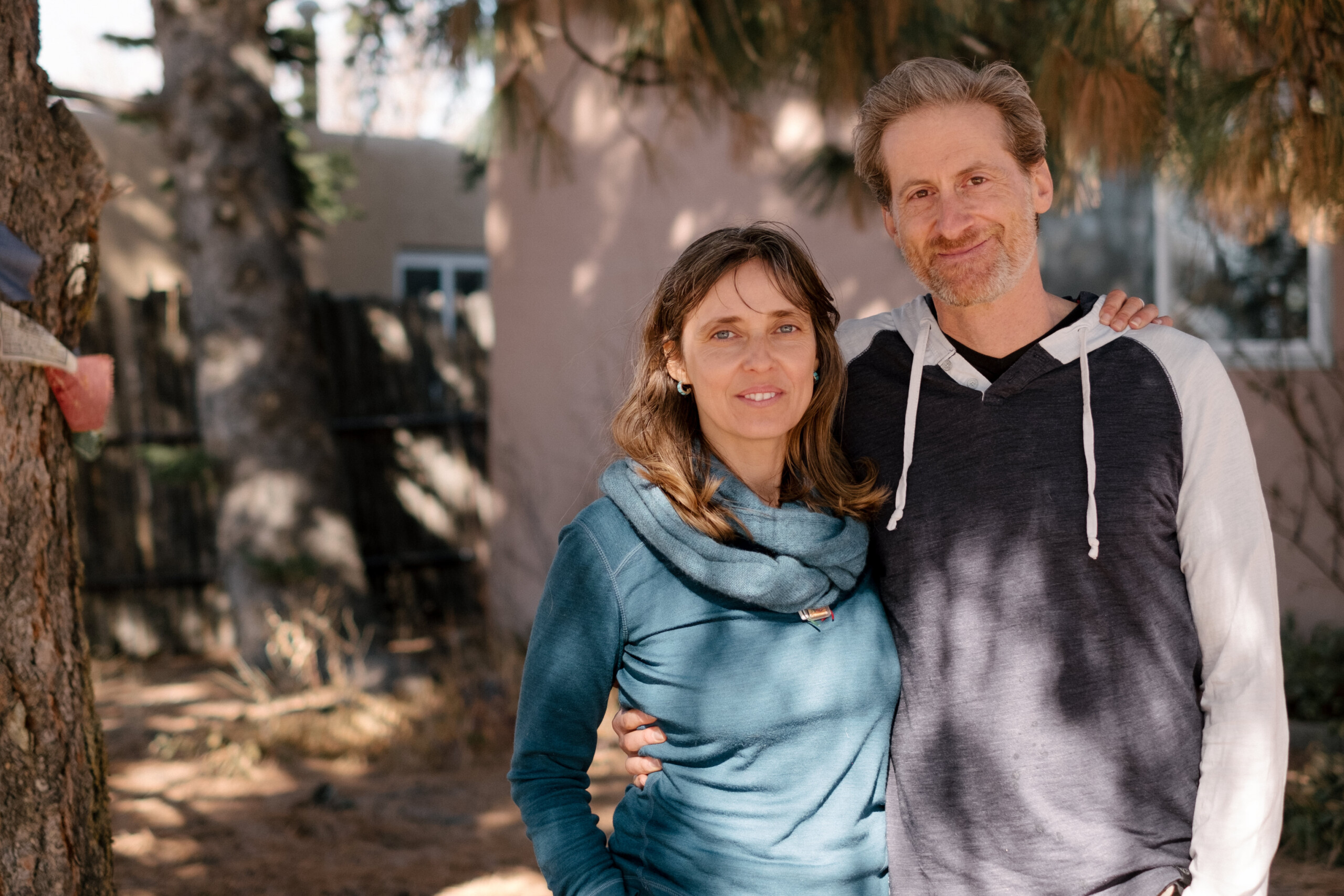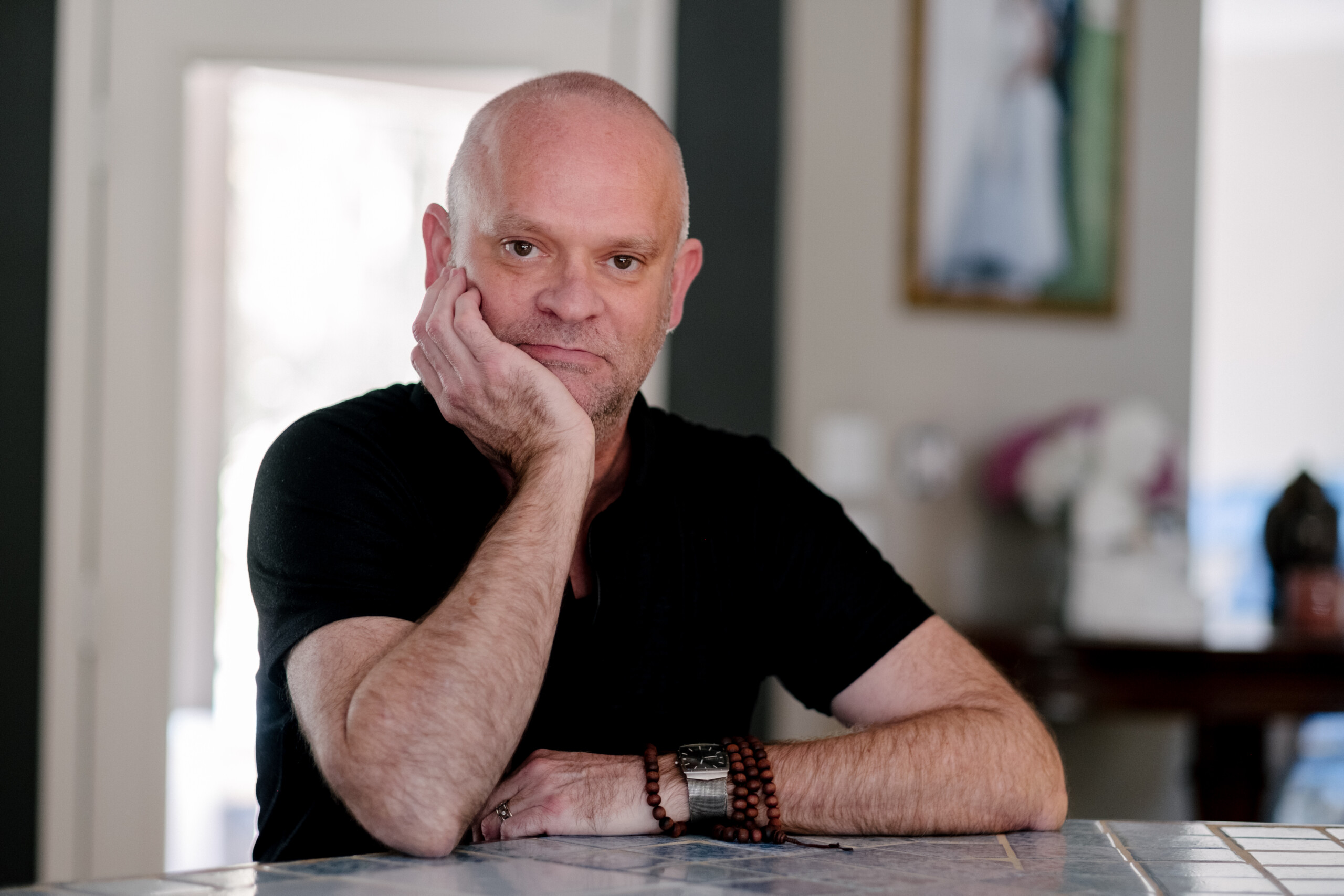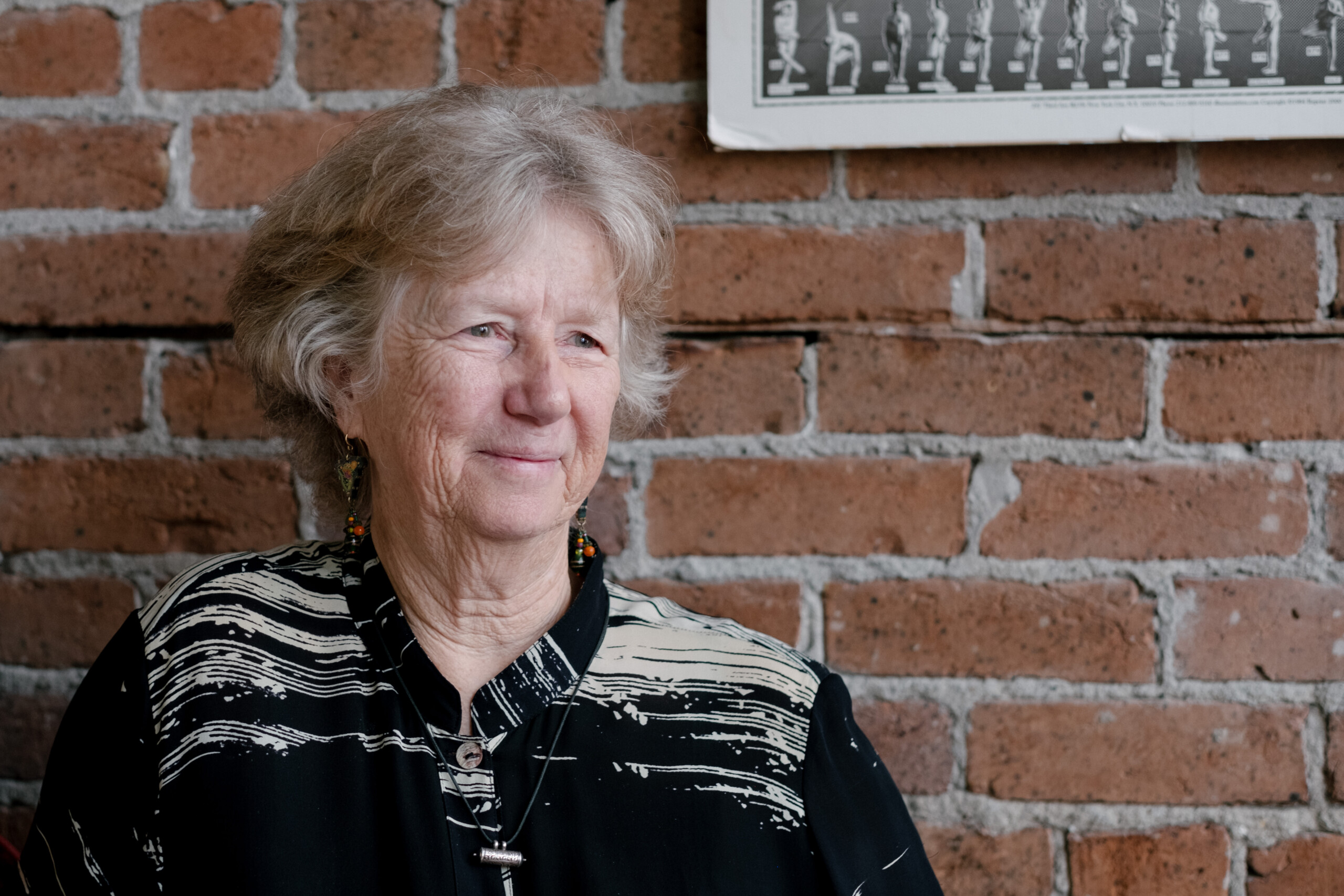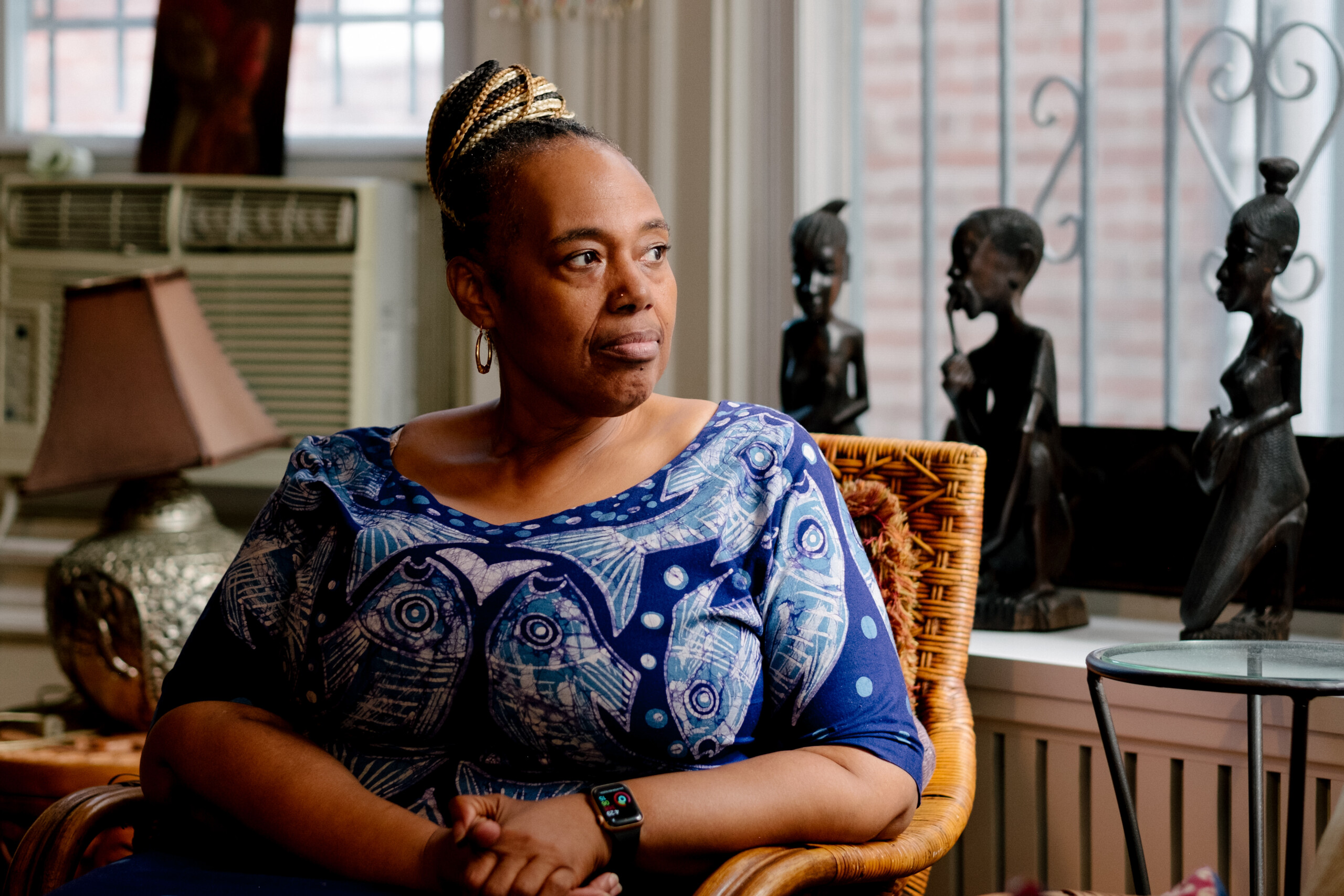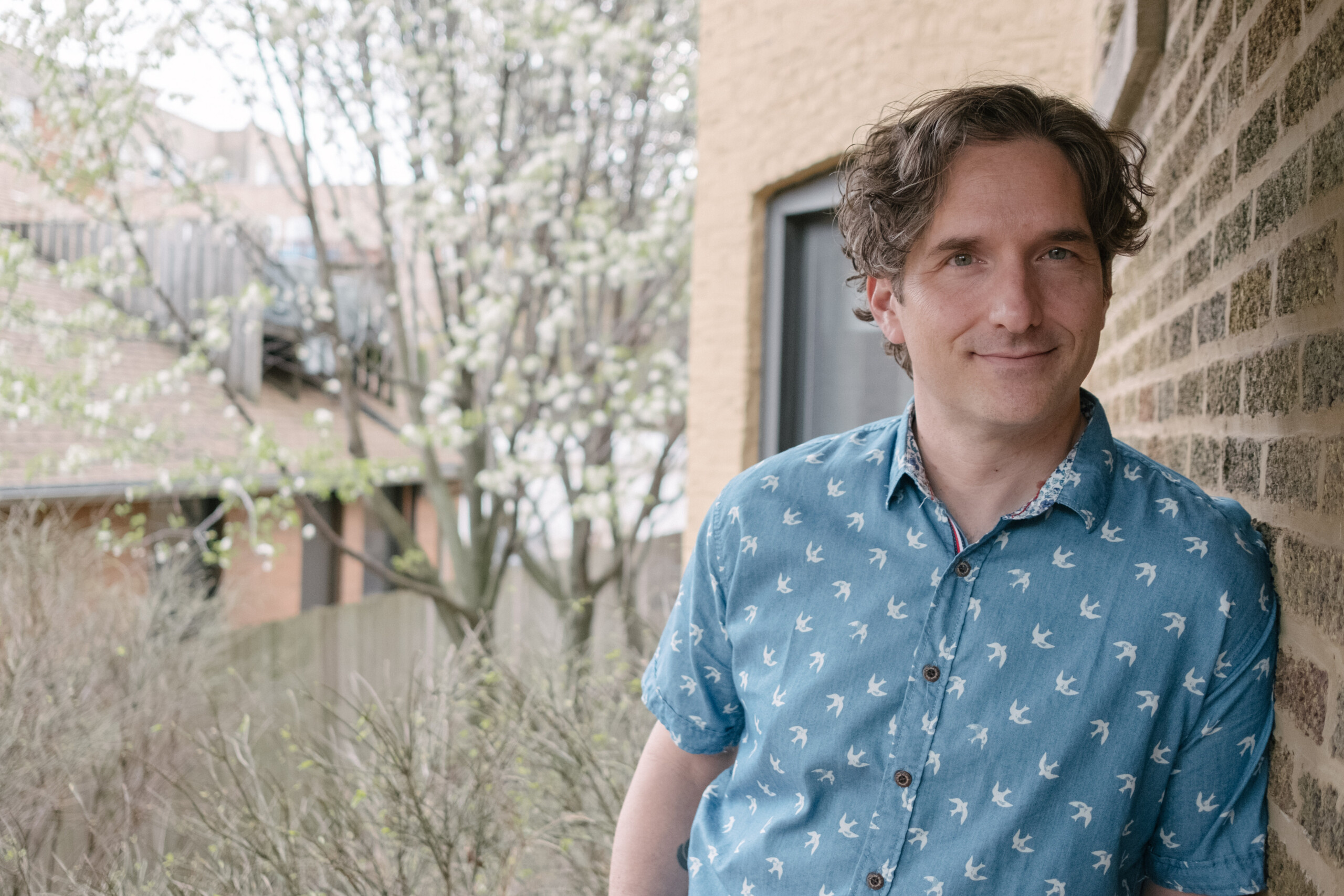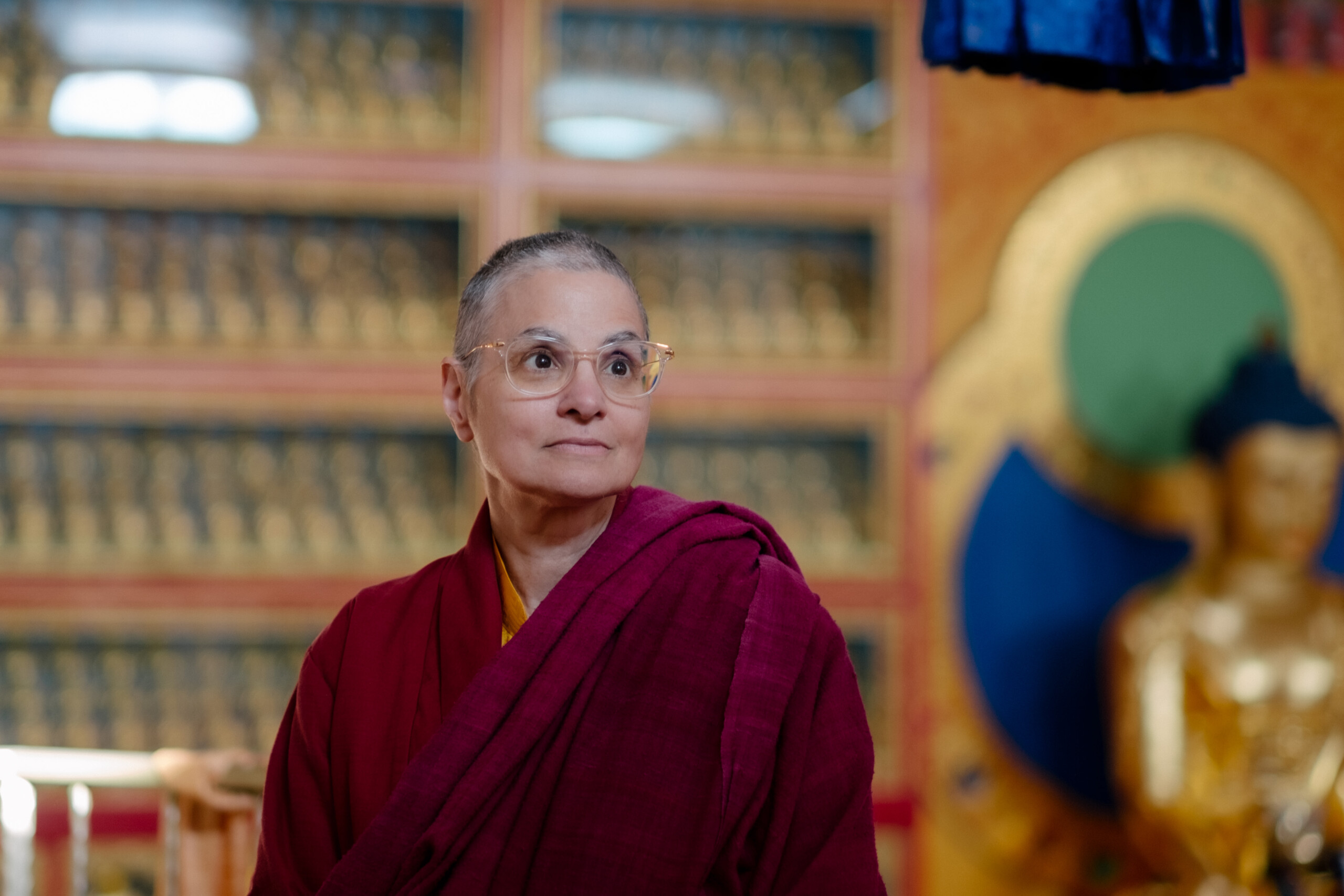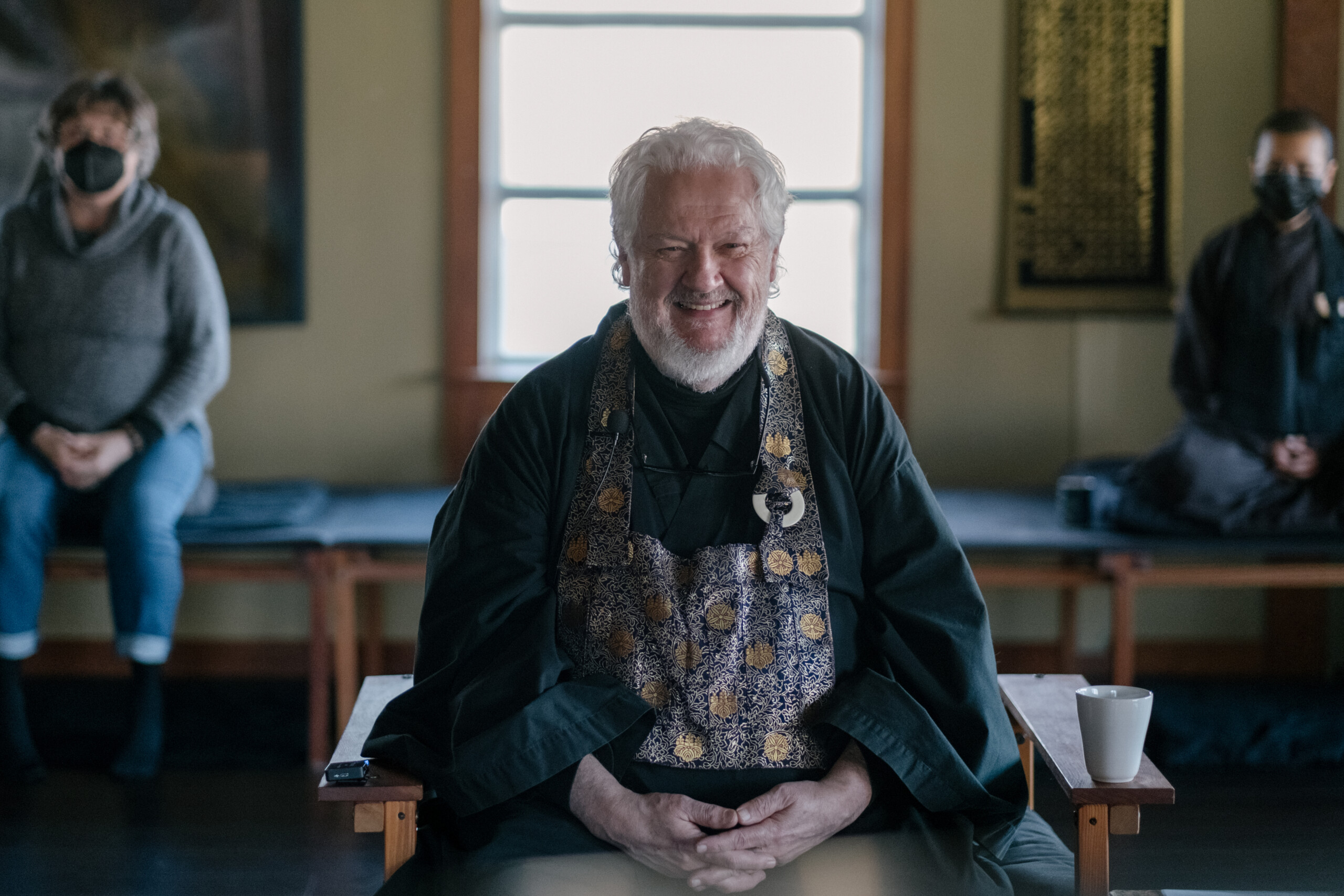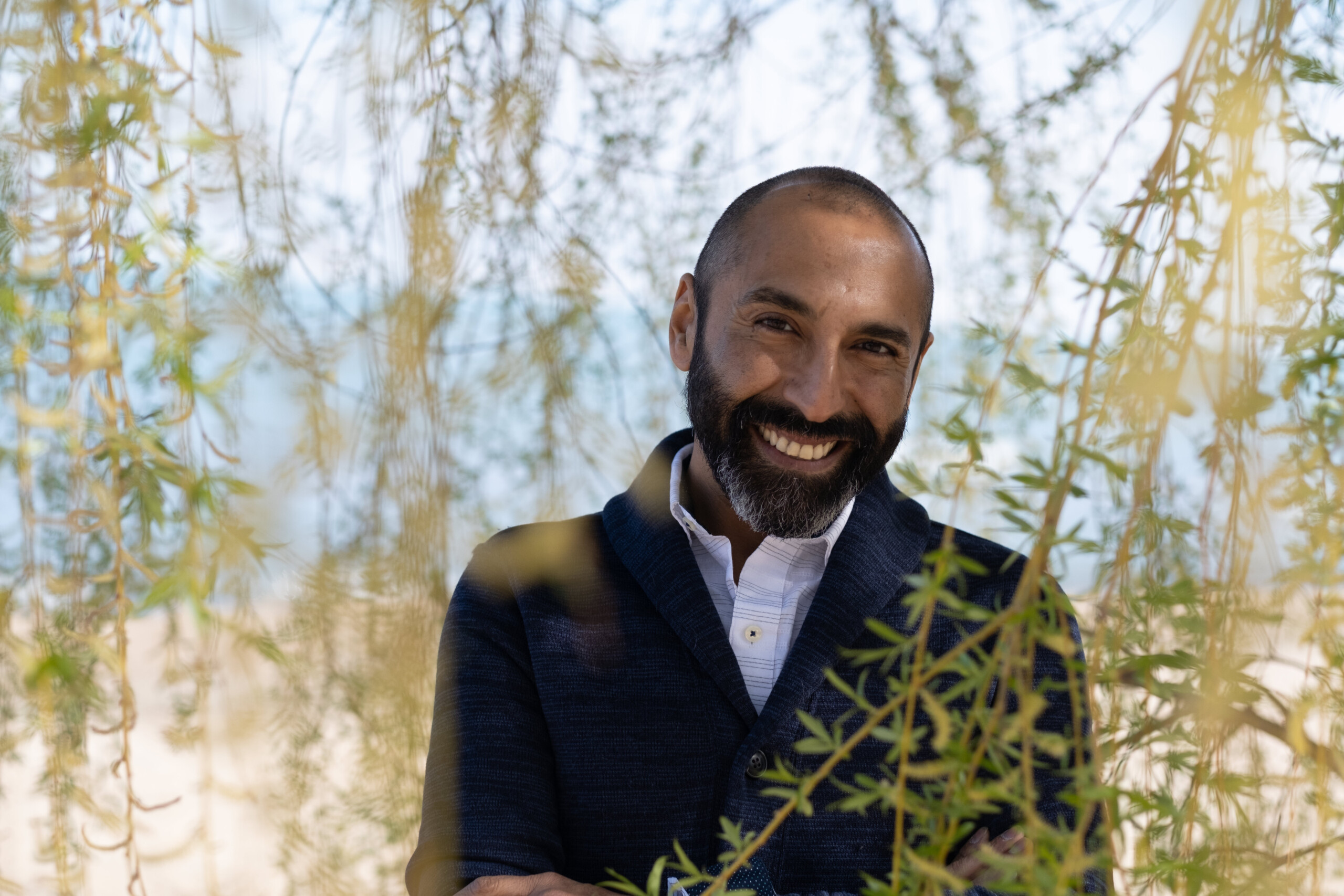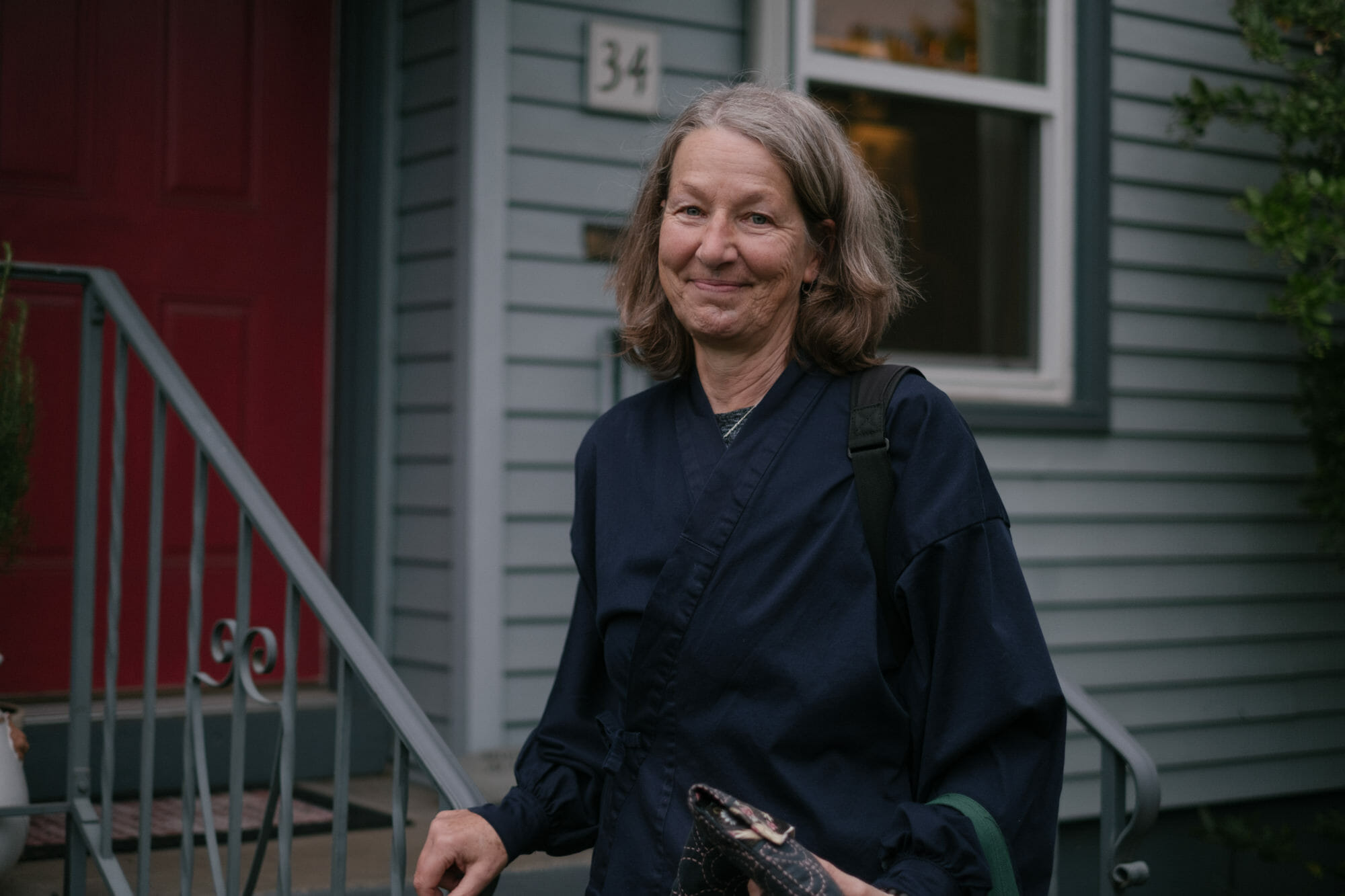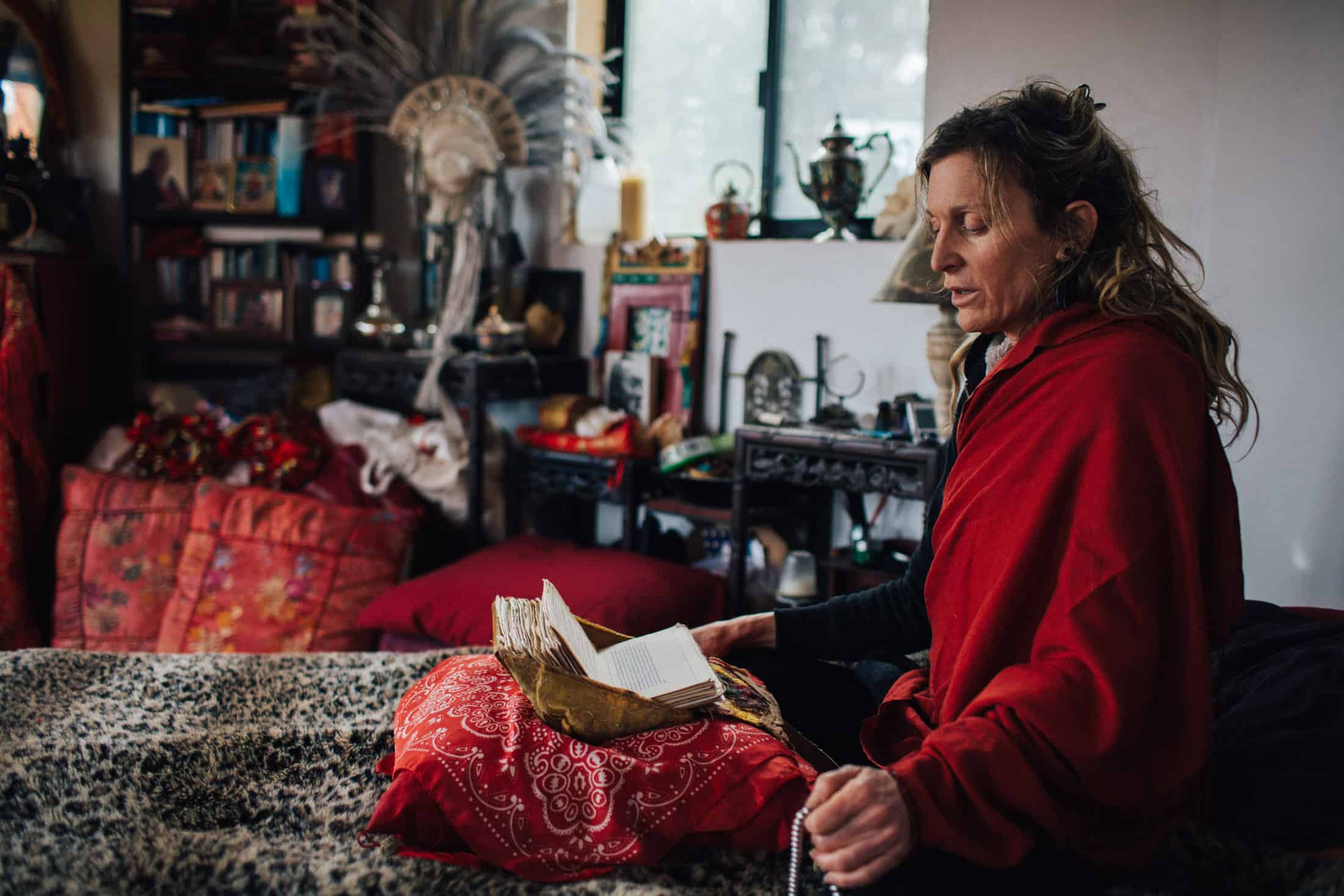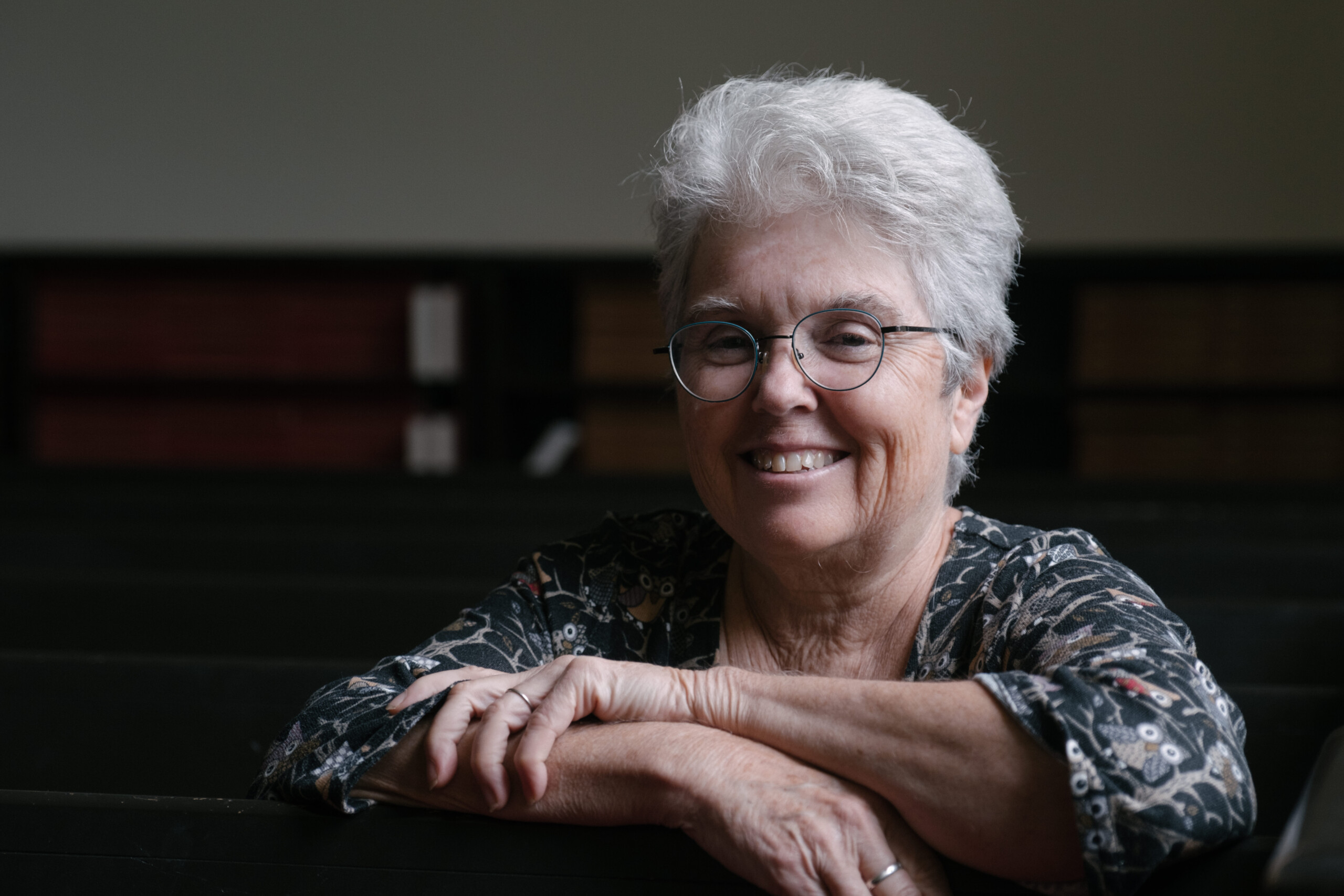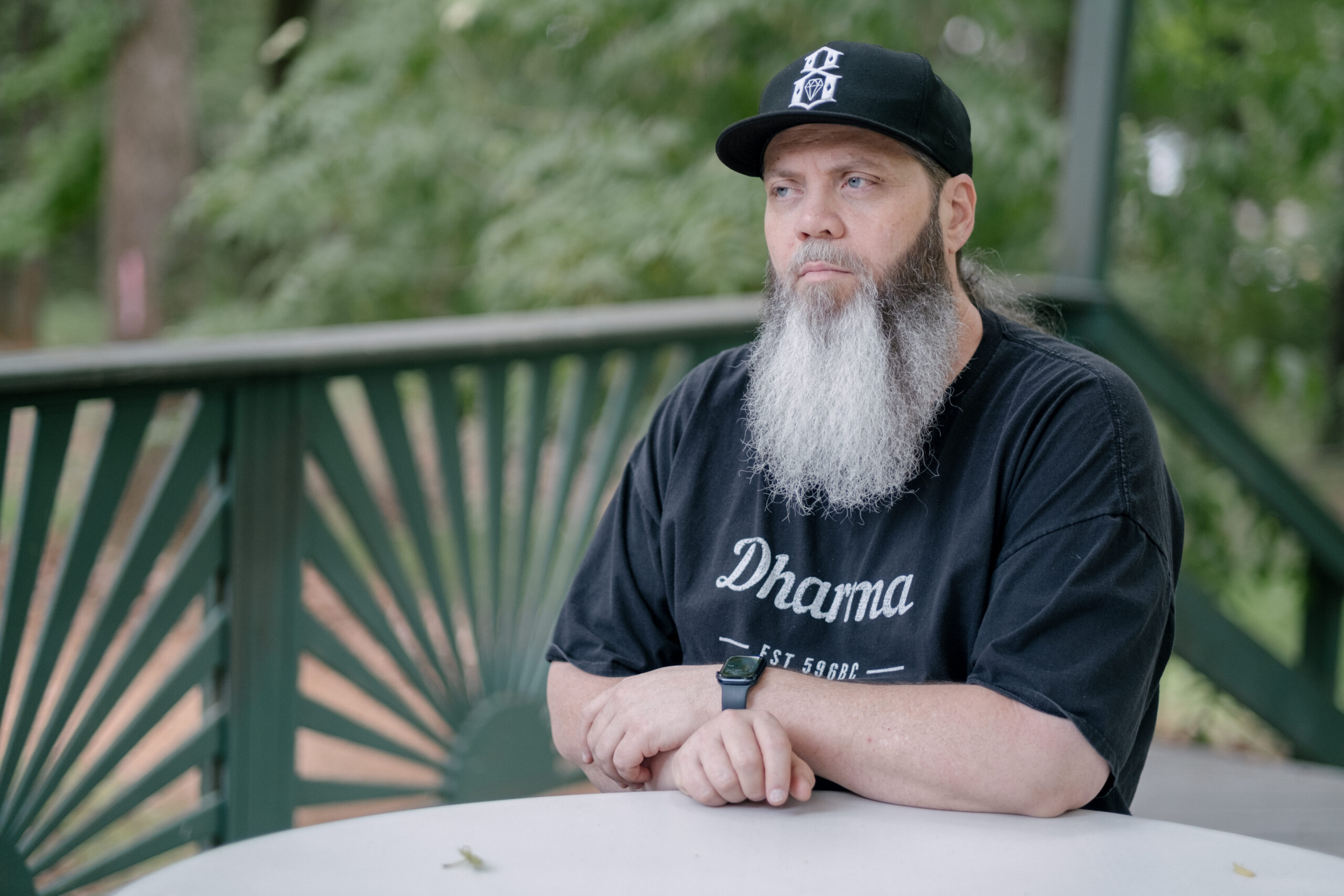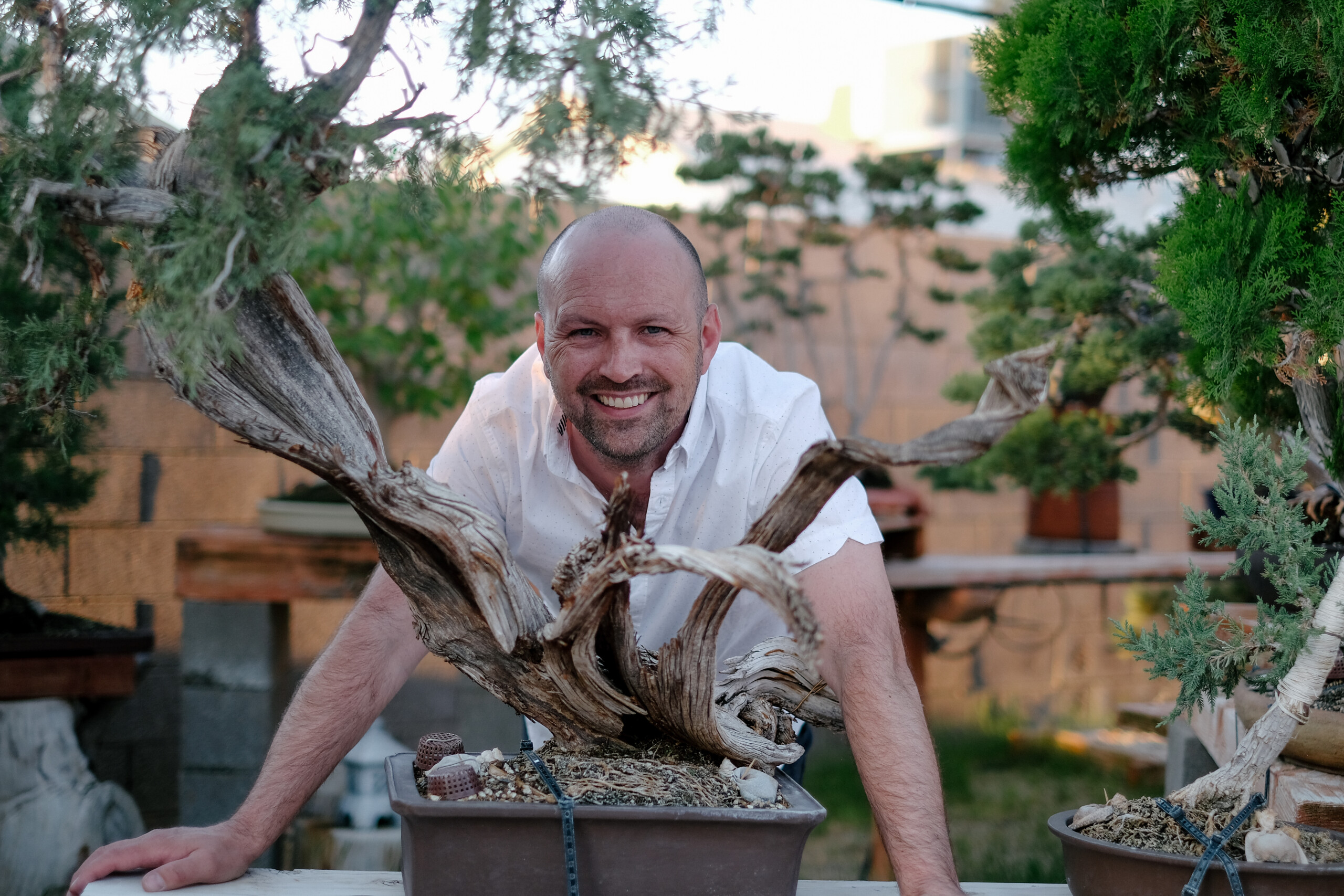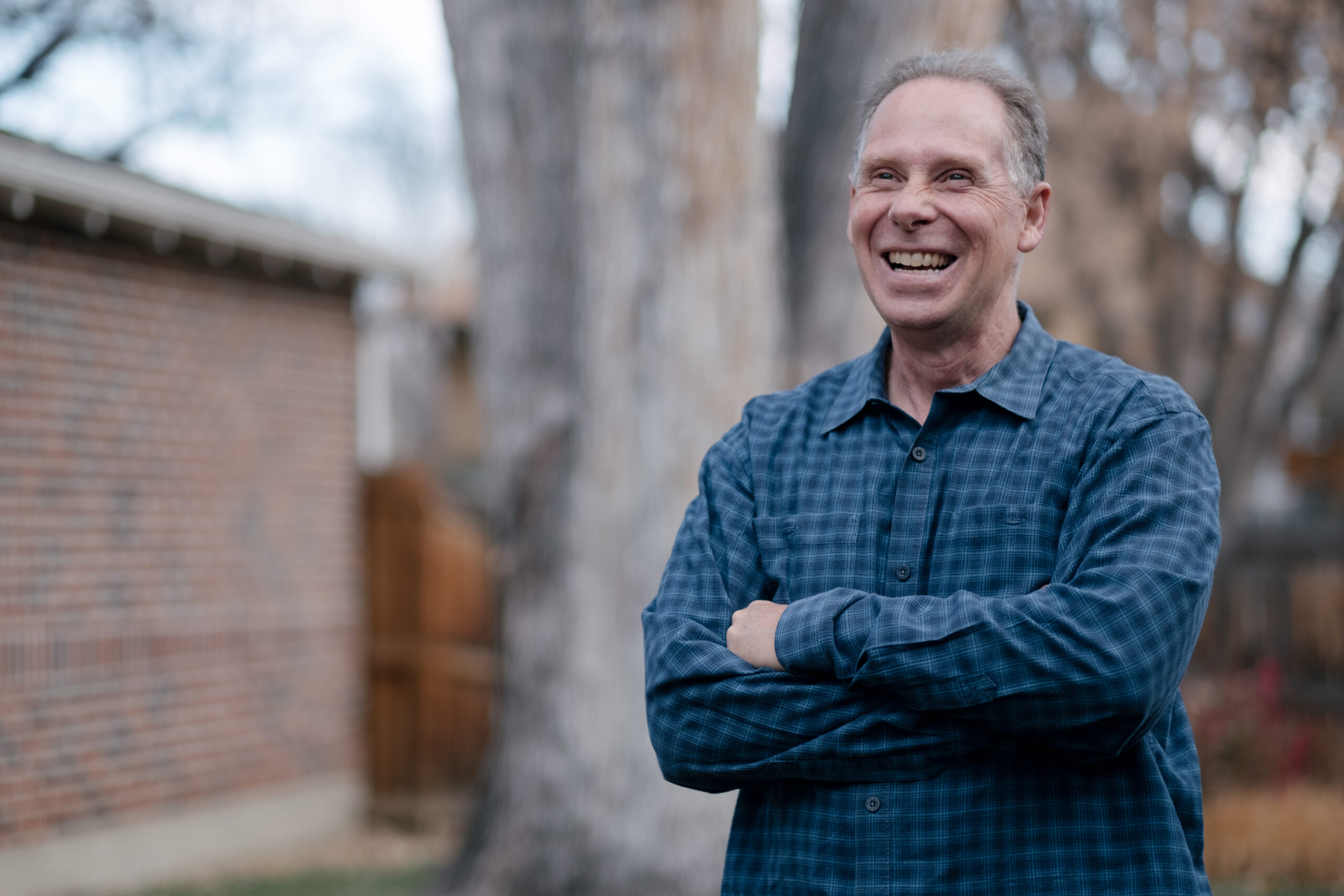When were you first exposed to dharma?
I grew up the son, grandson, great grandson, nephew and, now the uncle and brother of Baptist ministers and pastors….
Joking in 1980 as I introduced myself to the workshop leader of a weeklong seminar entitled “Owning your Religious Past”, I described myself as a Zen-Baptist. It was an attempt at the time to show off my witty nature to the attractive teacher. She and I remain married. I didn’t know then, how true the description ‘Zen-Baptist’ would actually become 30 years later.
After a decades-drinking ‘career’ – and fresh out of locked-up detox – we looked for some kind of support group in the community; we discovered the “11th Step” meditation group at the Milwaukee Mindfulness Community (Milw. Wis.), a practice center in the TNH – Plum Village tradition. This was the Fall of 2010. Antipathy toward my perception (mostly wrong) about 12 Step programs, I was tricked by a typographical error on a web site that announced the mindfulness-based recovery meeting to be “an 11-Step Program.” And I said to myself, ‘well, it’s not a 12 step program…. I’ll try it.’
My wife, Bonnie, has been a critical partner in my recovery and in entering a Buddhist way of life. I cannot separate my experience from her own journey (and, indeed, from the journeys of those who are in sangha with us).
I would not describe my adoption of Buddhist principles and practices since 2010 as a choice over other religion(s). It is really more of an evolution. The singing, chanting, engaged social activity, and the stories from Plum Village traditions enhance and perhaps deepen my spiritual journey. Bonnie and I remain active in leadership in the Mid-Columbia Unitarian Universalist Fellowship. She is on the Board of the Mt. Adams Zen Temple, and I am also the Temple’s contact for persons interested in recovery from alcoholism and addictions, both to substances and behaviors.
How has the path manifest in your daily experience?
Ahhh, in so many ways…. Now that we have retired to Oregon, from Wisconsin to be close to our grandson, I have found many opportunities to participate with and engage others in meditation and recovery. At the same time, I continue a personal meditation practice daily that includes chanting/song.
Last Thursday I led an introduction into mindful walking meditation as one of the events on our Community-wide “Gorge Happiness Month” calendar. I teach and lead meditation programs weekly at the Northern Oregon Correctional Facility (NORCOR). I have led introductory meditation sessions for the Wasco County Probation Staff. We participated today in the Cultivate: Compassion film premiere this afternoon. I facilitated weekly “11th Step” meditation meetings in White Salmon, Washington and Hood River, Oregon, and I am now actively supporting the new Recovery Dharma program. I am organizing a weekend event at the end of October called OctSoberFest at the Trout Lake Abbey/Mt. Adams Zen Temple which will focus on meditation, mindfulness and spiritual growth. Last month I attended and participated in the International Buddhist Recovery Network Summit meeting outside Olympia Washington. And I meet individually with folks in peer mentoring.
The engaged Buddhist practice of peace-making is also a part of my life as a newly certified mediator (States of Oregon and Washington).
But enough about me! I am just one of your run-of-the-mill religious fanatics……
What are some of your practices/rituals that you do to support your spiritual development (meditation/prayers and etc)
Sharing in recovery support groups (deep listening practice, wise speech practice)
Daily meditation with my wife Bonnie
Personal meditation practices involving chanting and singing (especially Plum Village tradition)
Tai Chi, walking meditation, bicycling (road riding/distance)
Theatre and song-leading
Learning to garden and feed the birds
Putting out the garbage
Which sangha do you normally attend ?
Trinity Sangha sponsored by the Mt. Adams Zen Temple.
What is your primarily profession?
Retired from the practice of law, public health, government administration….
Do you think your personality or background influence the lineage/practices that resonate with you?
How could they not….
Background
In 2010, Dick found himself trapped in a decades-long struggle with alcoholism, keeping his addiction hidden from loved ones, including his wife Bonnie. Overcoming shame, Dick decided to seek help, entering detox voluntarily. Initially resistant to traditional twelve-step programs like Alcoholics Anonymous (AA), he and Bonnie discovered the Recovery Group, which embraced mindfulness practices and meditation as an alternative approach.
Despite a typographical error indicating it was an eleven-step meeting, Dick attended the local mindfulness center, where he found solace in the 11th step of a twelve-step program. The supportive community, meditation sessions, and reflective silence resonated with him, and he felt a connection with “his people.” Excitedly, he shared the discovery with Bonnie, who remembered a positive experience with a mindfulness workshop a year prior.
Bonnie, familiar with the close connection between Buddhism, particularly Thich Nhat Hanh style, and Unitarian Universalists, eagerly joined Dick in exploring the mindfulness center. The center’s leader, Paul Norden, had previously conducted a workshop that resonated with Bonnie, creating a 70% overlap between their beliefs.
The following Sunday, Dick and Bonnie attended the two-hour program at the mindfulness center, involving sitting and walking meditation, as well as engaging with text passages. The comfortable atmosphere and the model of the program instantly appealed to both of them, marking the beginning of their journey towards recovery and mindfulness.
Lineage
During their gatherings, Bonnie reflects on the profound connections fostered by the Plum Village tradition, where simplicity and clarity prevail. She contemplates the interconnection of all things, drawing inspiration from Thich Nhat Hanh’s teachings on the baby’s transition from the womb to the world, emphasizing the innate fear of survival alongside the desire to live and be.
Bonnie appreciates Thich Nhat Hanh’s imagery of umbilical cords connecting to nature, reinforcing the understanding that everything is interconnected. This, she believes, is a fundamental and vital realization, particularly for those feeling alone or isolated, as it embraces and unites individuals.
Dick shares his perspective on the Plum Village tradition, highlighting its unique aspects that resonate with him. He credits Thich Nhat Hanh with developing engaged Buddhism, taking Buddhism beyond monastic settings during the Vietnam War to address societal issues. This resonates with Dick, emphasizing the importance of bringing Buddhist principles into everyday life.
The couple values the tradition’s bare-bones approach, simplifying Buddhism for Western practitioners. Dick also mentions gata practice, the recitation of short phrases to cultivate mindfulness in daily activities. For nine years, before meals, they recite a gata acknowledging the universe’s presence in their food, echoing Bonnie’s emphasis on connectedness.
Dick underscores Thich Nhat Hanh’s impact on making Buddhism accessible in the West, mentioning gata practice as an introduction to mindfulness. He highlights the importance of simple practices, like reciting phrases before meditation, to bring individuals back to the present moment and foster a sense of interconnectedness.
Lineage
During their gatherings, Bonnie reflects on the profound connections fostered by the Plum Village tradition, where simplicity and clarity prevail. She contemplates the interconnection of all things, drawing inspiration from Thich Nhat Hanh’s teachings on the baby’s transition from the womb to the world, emphasizing the innate fear of survival alongside the desire to live and be.
Bonnie appreciates Thich Nhat Hanh’s imagery of umbilical cords connecting to nature, reinforcing the understanding that everything is interconnected. This, she believes, is a fundamental and vital realization, particularly for those feeling alone or isolated, as it embraces and unites individuals.
Dick shares his perspective on the Plum Village tradition, highlighting its unique aspects that resonate with him. He credits Thich Nhat Hanh with developing engaged Buddhism, taking Buddhism beyond monastic settings during the Vietnam War to address societal issues. This resonates with Dick, emphasizing the importance of bringing Buddhist principles into everyday life.
The couple values the tradition’s bare-bones approach, simplifying Buddhism for Western practitioners. Dick also mentions gata practice, the recitation of short phrases to cultivate mindfulness in daily activities. For nine years, before meals, they recite a gata acknowledging the universe’s presence in their food, echoing Bonnie’s emphasis on connectedness.
Dick underscores Thich Nhat Hanh’s impact on making Buddhism accessible in the West, mentioning gata practice as an introduction to mindfulness. He highlights the importance of simple practices, like reciting phrases before meditation, to bring individuals back to the present moment and foster a sense of interconnectedness.
Advice
During their gatherings, Bonnie reflects on the profound connections fostered by the Plum Village tradition, where simplicity and clarity prevail. She contemplates the interconnection of all things, drawing inspiration from Thich Nhat Hanh’s teachings on the baby’s transition from the womb to the world, emphasizing the innate fear of survival alongside the desire to live and be.
Bonnie appreciates Thich Nhat Hanh’s imagery of umbilical cords connecting to nature, reinforcing the understanding that everything is interconnected. This, she believes, is a fundamental and vital realization, particularly for those feeling alone or isolated, as it embraces and unites individuals.
Dick shares his perspective on the Plum Village tradition, highlighting its unique aspects that resonate with him. He credits Thich Nhat Hanh with developing engaged Buddhism, taking Buddhism beyond monastic settings during the Vietnam War to address societal issues. This resonates with Dick, emphasizing the importance of bringing Buddhist principles into everyday life.
The couple values the tradition’s bare-bones approach, simplifying Buddhism for Western practitioners. Dick also mentions gata practice, the recitation of short phrases to cultivate mindfulness in daily activities. For nine years, before meals, they recite a gata acknowledging the universe’s presence in their food, echoing Bonnie’s emphasis on connectedness.
Dick underscores Thich Nhat Hanh’s impact on making Buddhism accessible in the West, mentioning gata practice as an introduction to mindfulness. He highlights the importance of simple practices, like reciting phrases before meditation, to bring individuals back to the present moment and foster a sense of interconnectedness.
Refuge
Reflecting on the transformative journey beyond recovery, Dick recalls Dr. Paul Norton’s early wisdom from the Milwaukee Mindfulness Center. Norton’s insight about mindfulness going beyond expectations resonated with Dick, and he acknowledges that pinpointing a specific moment of realization is challenging. However, if he were to craft a symbolic story, it might center around the monthly singing and chanting of the Heart Sutra at the Milwaukee Mindfulness Center.
This ritual, favored by Dr. Norton, was attended by only a handful, including Dick, as others were averse to chanting. This practice became a pivotal and life-changing moment for Dick, particularly during the recitation of the Heart Sutra in an earlier translation by Thich Nhat Hanh. The phrase “aha heart of perfect understanding” left a lasting impact. Despite his appreciation for a later translation by Nathan before his stroke, Dick values exploring the nuances between the two versions.
This experience sparked Dick’s journey into Buddhism, leading him to learn various chants, including the five remembrances, morning and evening chants, and blessings for the day. For Dick, this initiation into chanting became a significant aspect of his path, intertwining with his Baptist singing tradition and marking a moment where he felt he had embarked on a profound and meaningful journey beyond the confines of traditional recovery.
Relationships
In their shared insights, Dick and Bonnie discuss the integration of mindfulness into their lives, particularly emphasizing the transformative power of pausing and not reacting impulsively. Dick notes the shift in his advocacy approach, from pushing extreme positions to embracing listening and understanding, especially in today’s polarized society.
Bonnie adds that the pause goes beyond mere inaction; it involves a deeper reflection on one’s feelings and understanding the roots of reactions. This practice, influenced by their mindfulness teachings, has brought positive changes to their relationship. Bonnie reflects on a recent incident with her grandson, highlighting how mindfulness allowed them to recognize their immediate reactions and learn from the experience.
Together, they emphasize the importance of honest self-reflection and the power of pausing before reacting, demonstrating how mindfulness has become a guiding force in navigating challenges and fostering a more conscious and harmonious life.
Sangha
In their shared perspective, Dick and Bonnie reflect on the concept of sangha, with Dick expressing the idea that, as Thich Nhat Hanh suggests, the sangha could be considered the Buddhists, and the future Buddha, Maitreya, might manifest within the sangha itself. This resonates with Dick’s Baptist upbringing, where the notion of everyone ministering to one another is prevalent.
Bonnie shares her journey from the traditional church model, where a single figure delivers the message to the congregation, to the sangha-focused approach. She emphasizes the importance of communal wisdom and appreciates the leadership within the sangha, particularly as interpreted and understood through Thich Nhat Hanh’s teachings. Together, Dick and Bonnie find resonance between their spiritual traditions, blending elements of Buddhism with their Baptist roots in the pursuit of collective growth and understanding.
Service
In his journey, Dick became deeply involved in supporting individuals in recovery through twelve-step programs. Simultaneously, in Milwaukee, Wisconsin, he was recruited to introduce meetings into the local detention center, a 900-bed jail facility, by a collaboration of Buddhist sanghas and communities. This marked a powerful personal experience for Dick, where he not only engaged in the recovery aspect, finding strength in sharing and listening to others’ stories, but also had the opportunity to impart mindfulness and meditation tools for healing. This experience proved to be transformative and life-changing for Dick, blending the potential and power of shared narratives with the healing capacities of mindfulness and meditation.

